
If your work involves regularly carrying heavy things around, then your back is most likely one of your body parts that suffers. I don’t have a job that does that (does carrying a heavy bag every day count?) and yet I constantly feel all sorts of back aches. Well, maybe I’m just old. In any case, those who work in construction, warehouse production, and other industries where they have to carry heavy objects need to have literal support to help them manage their bones and joints.
Designer: Bebop Design


A Korean studio designed one such product for their client WIRobotics. WIBS is a wearable back support that’s created specifically for those who are involved in labor intensive industries which workers can wear while they’re doing their task or when they’re on a break. The brace was designed to not look so much like a brace but more to look like it’s part of your outfit and will not get in the way of doing your usual tasks. It also looks comfortable enough to regularly wear or at least when you need to have better support for your body.


WIBS is able to provide mechanical support to the user’s posterior, including the back and waist, two of the parts that are affected when you regularly lift heavy objects. While the materials are durable and designed to withstand pressure, they were able to use a soft design to it for the user’s comfort. There is also no need for electricity to use it so you can go around without needing to charge or change any battery. It uses tensioned flexible rubber composite as well as mechanical gears. You can adjust the strength level through an analog controller in the chest area.


This back support device can be adjusted to various sizes depending on the wearer as it has adjustable straps for the perfect fit. Think of it as a posterior brace that will not hinder movements but provide much needed support as you go about your regular tasks that involve lifting and moving heavy objects for a long period of time.

The post This exoskeleton-like back support lets you lift heavy objects while keeping your back safe first appeared on Yanko Design.
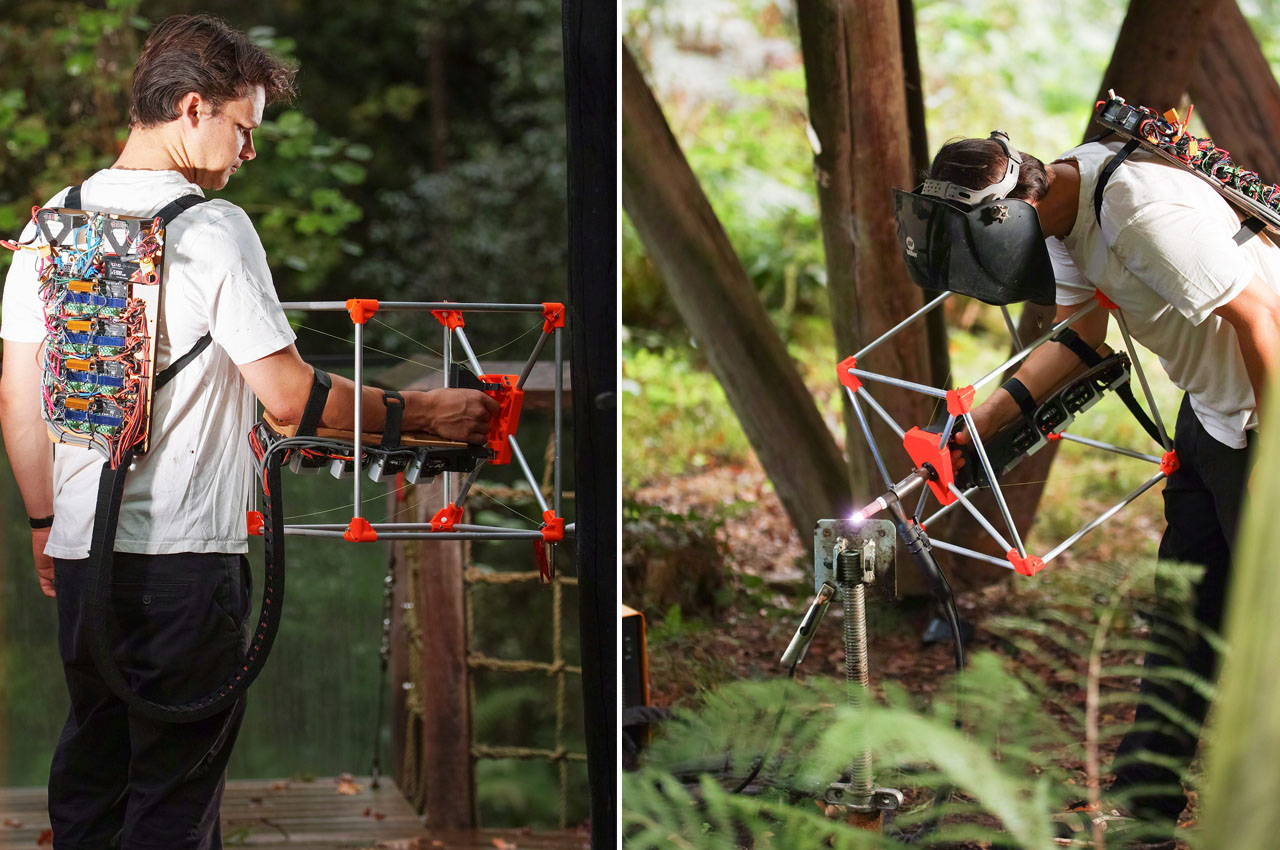
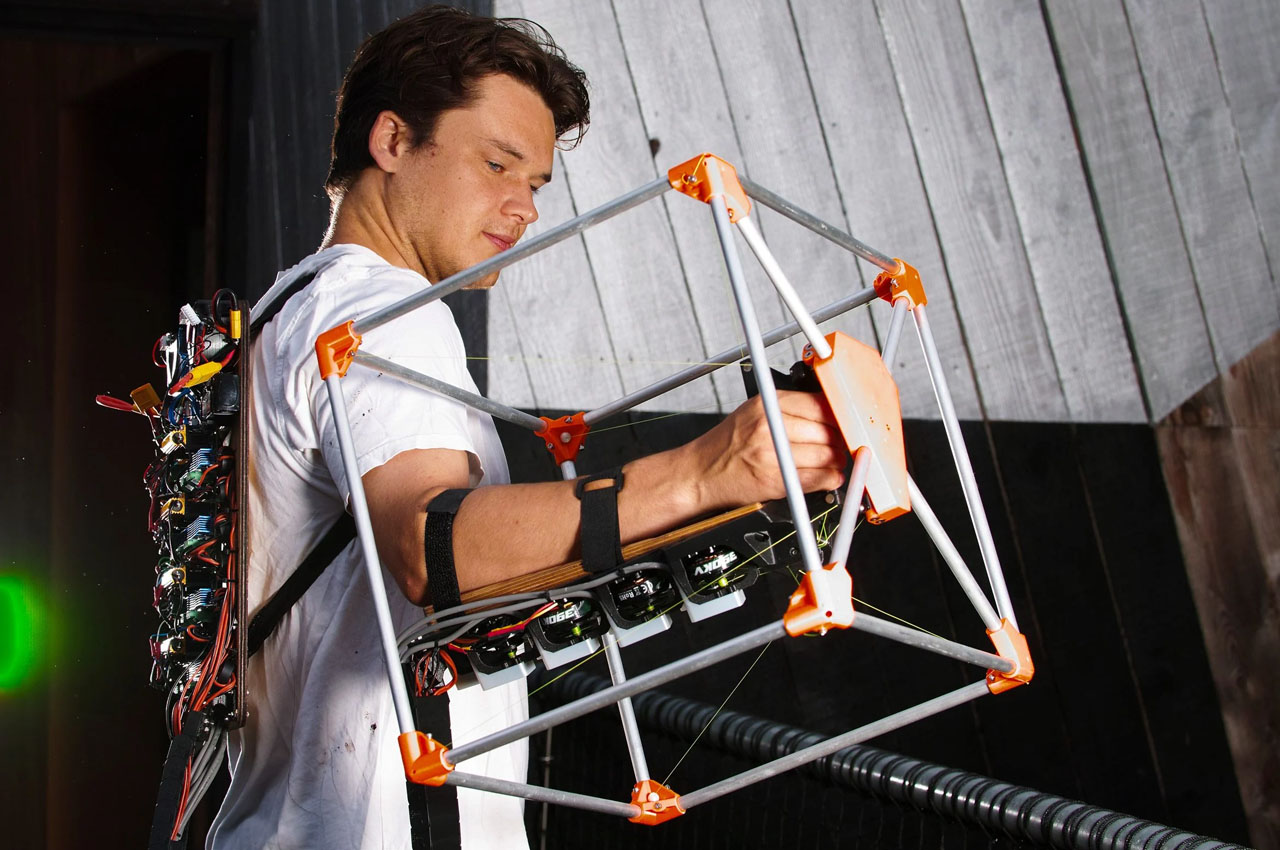
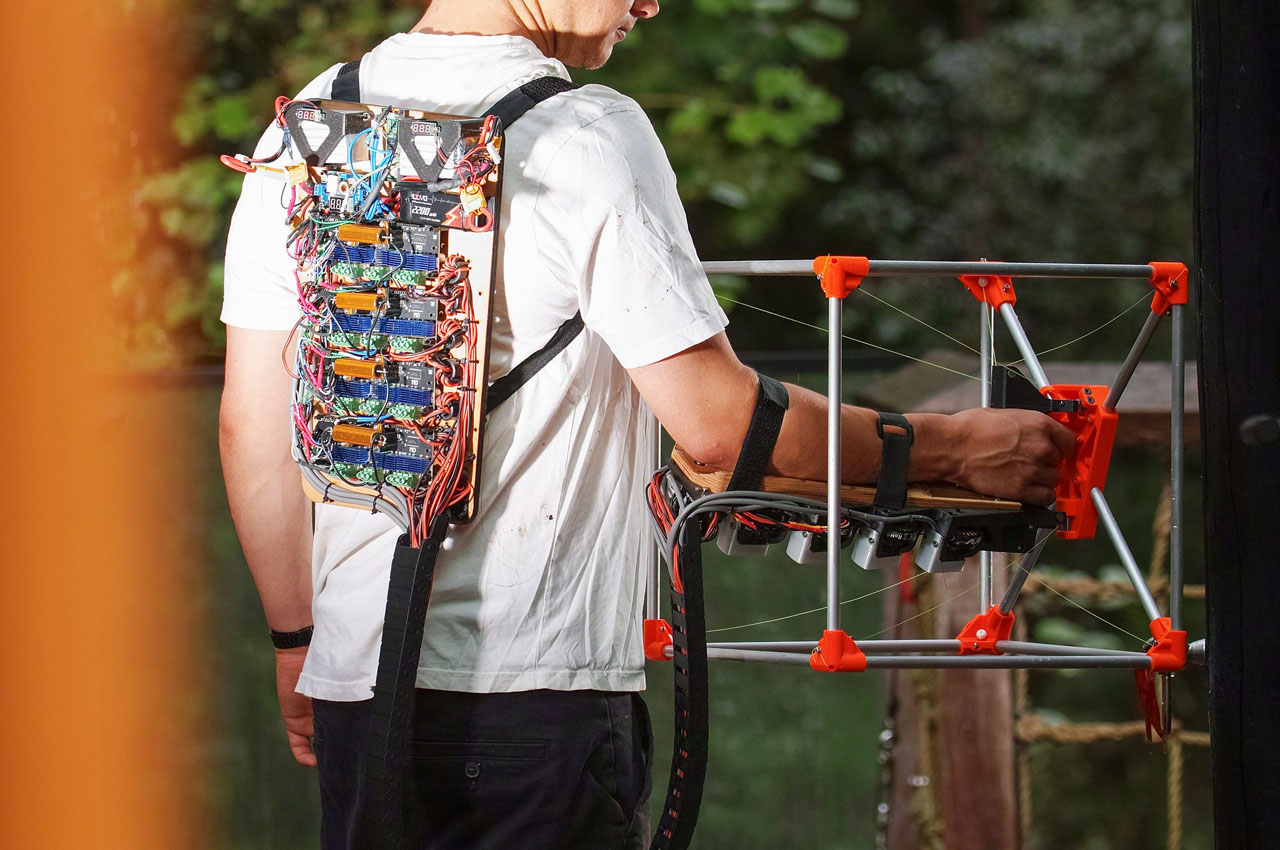
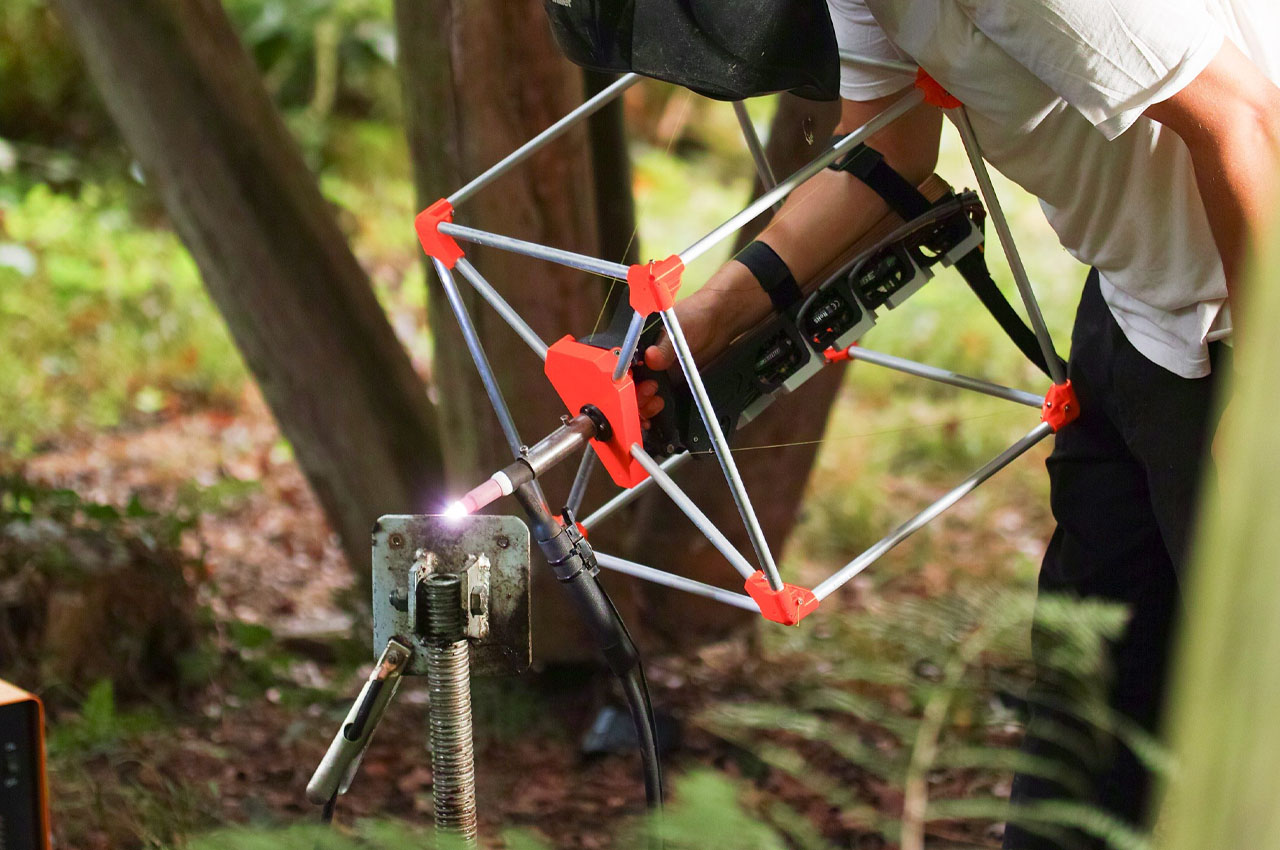
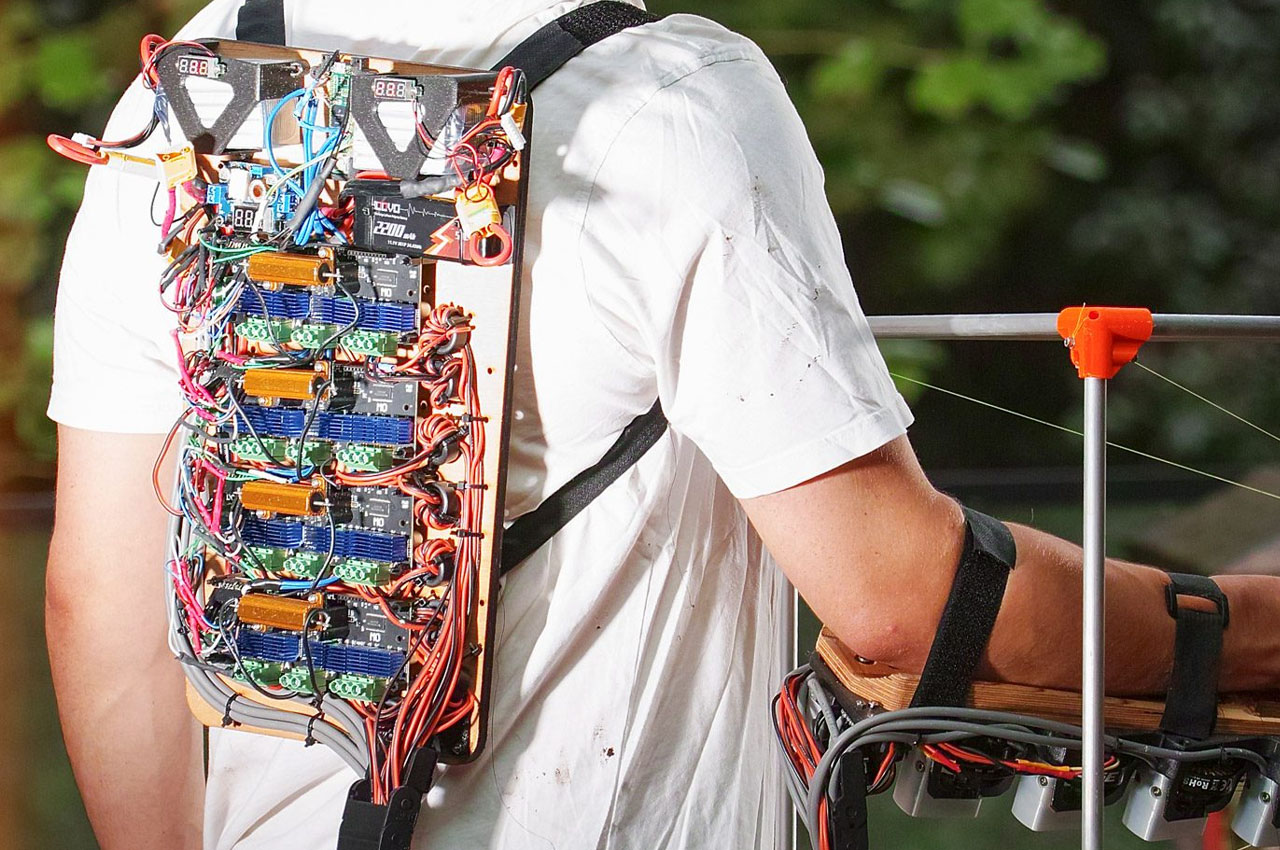
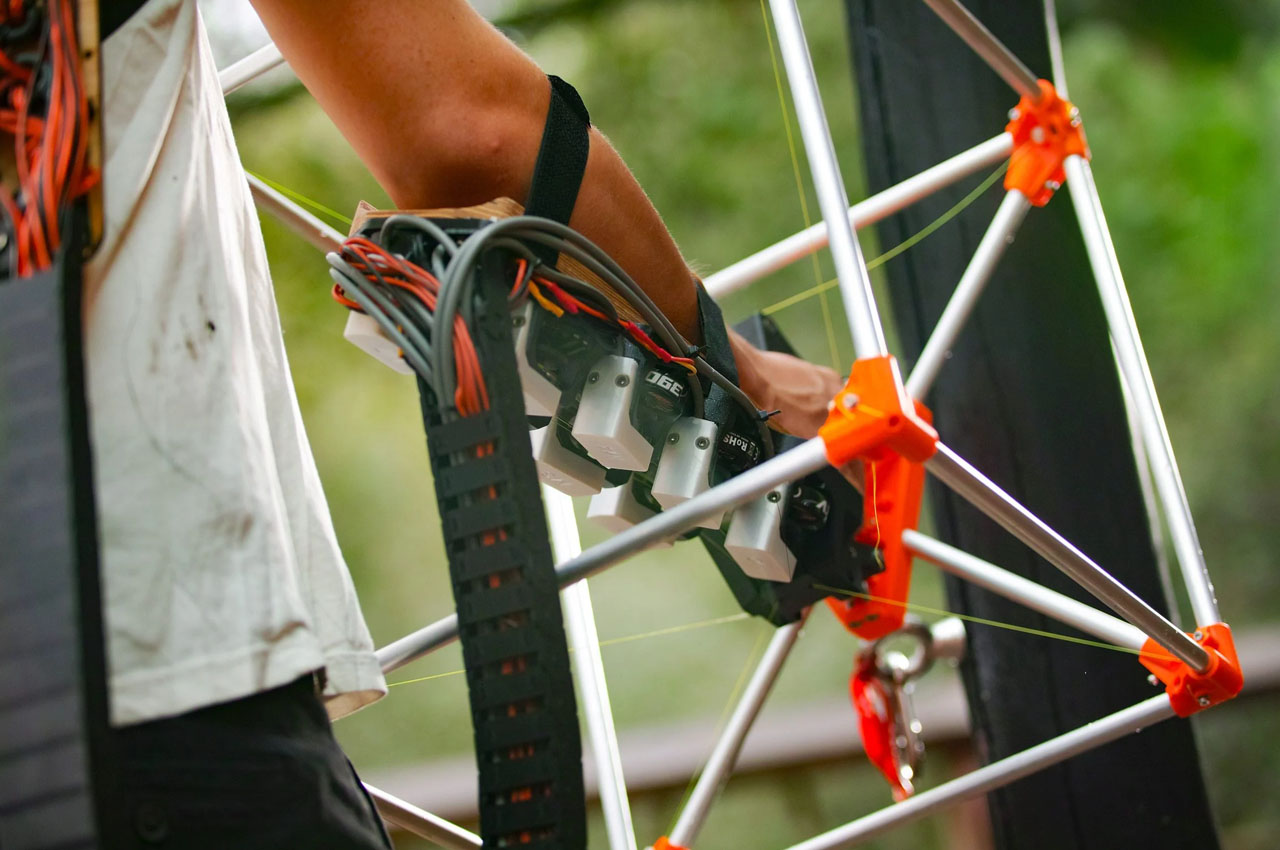
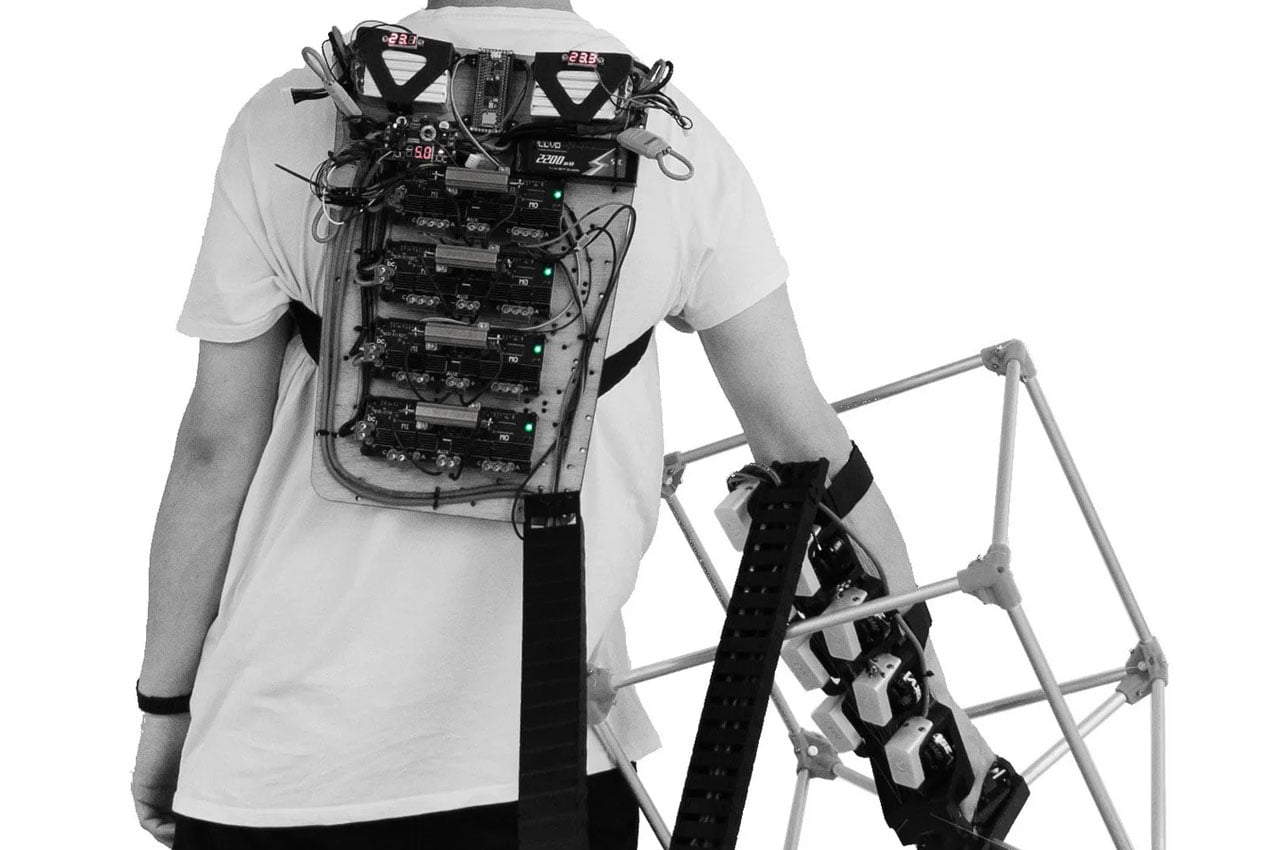
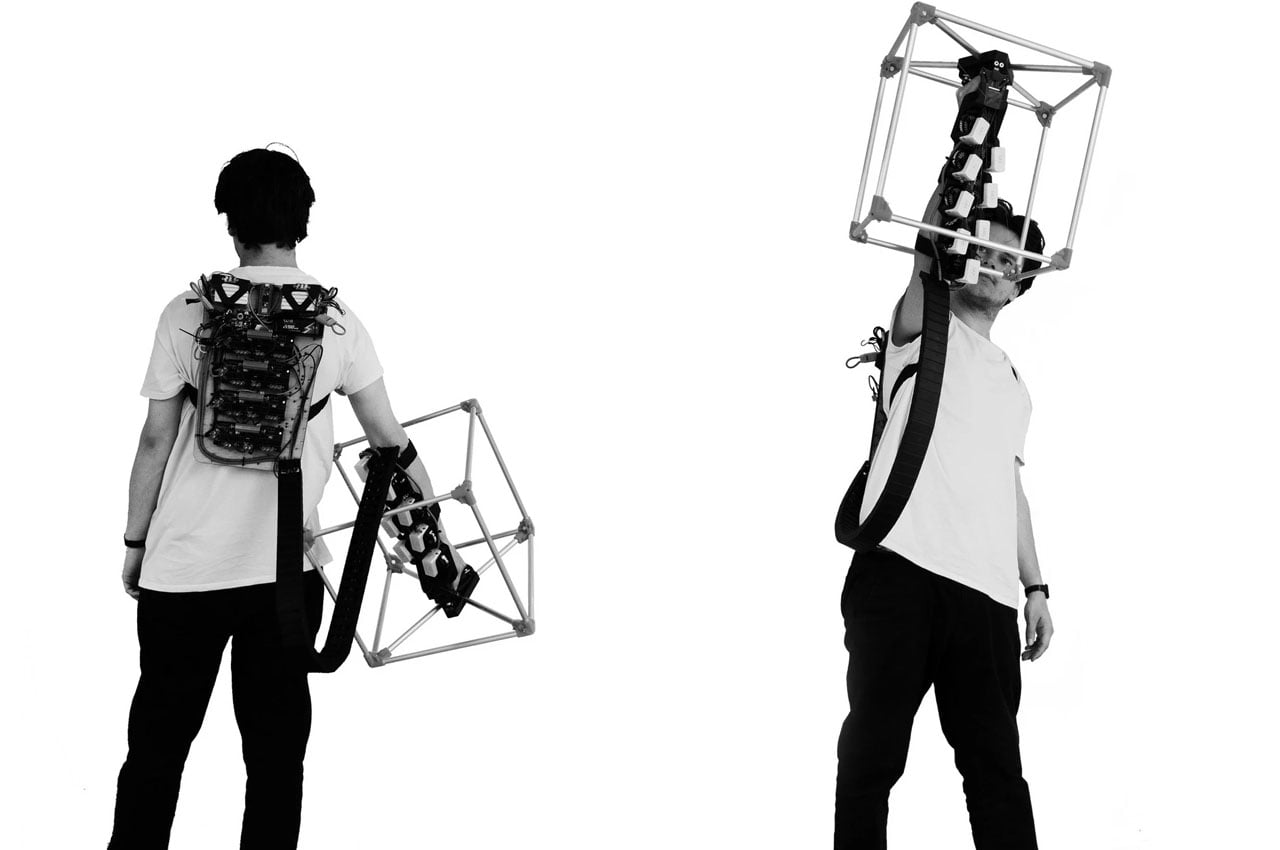
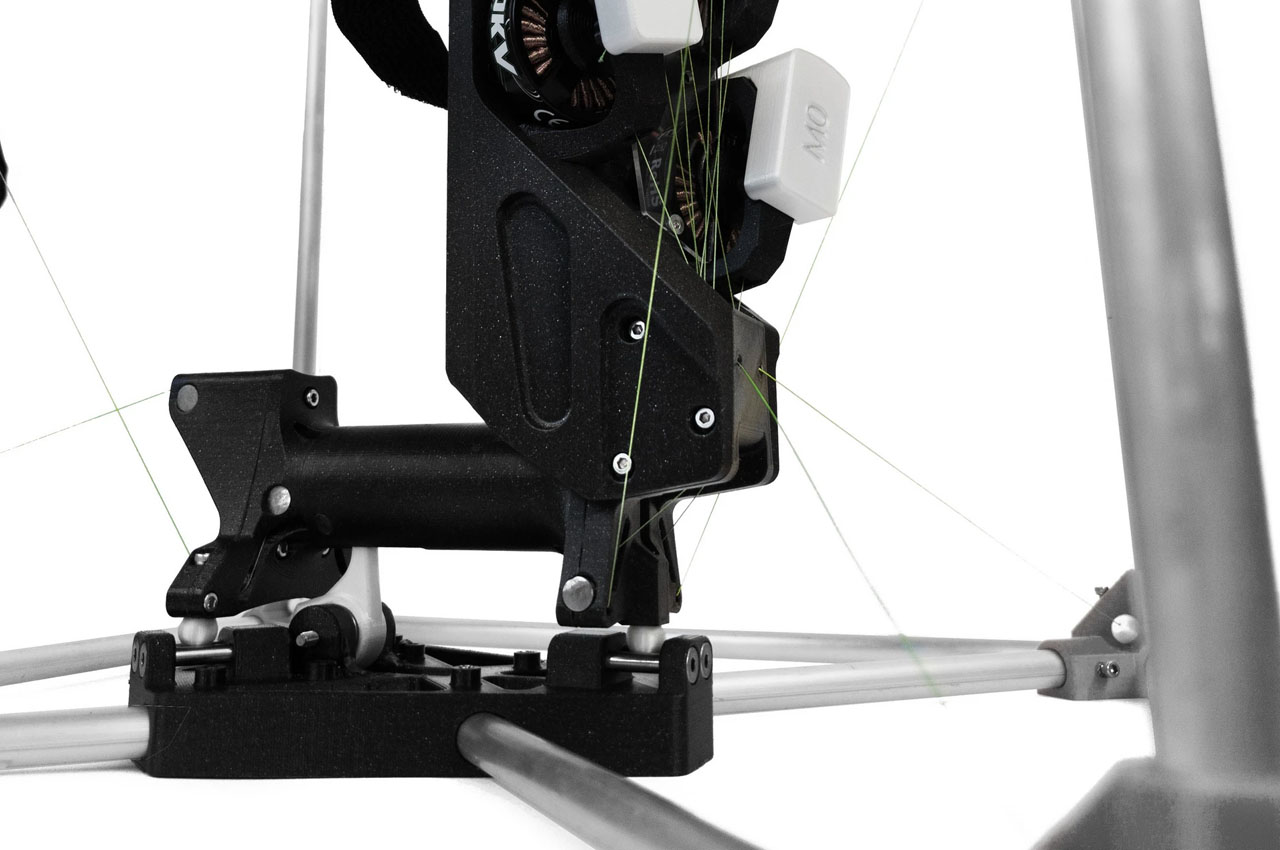
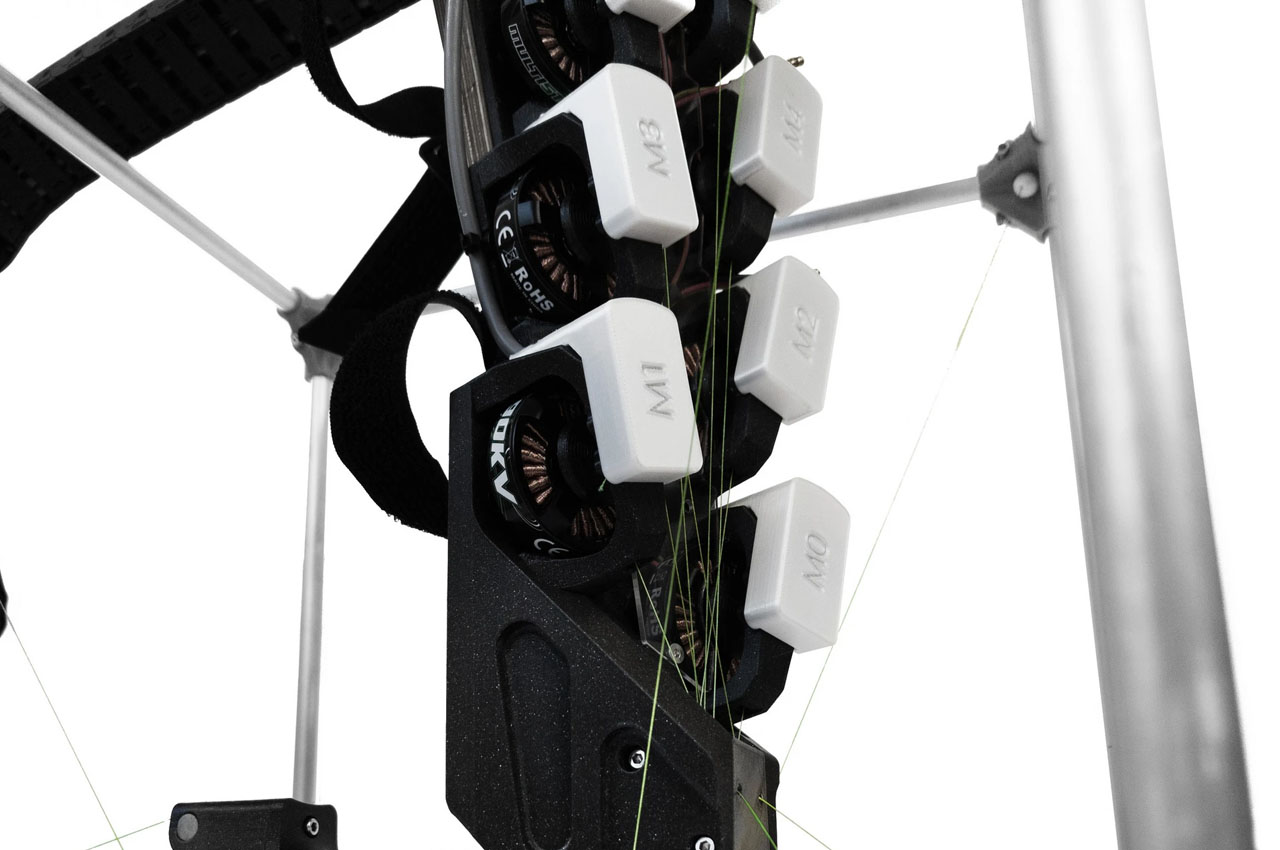



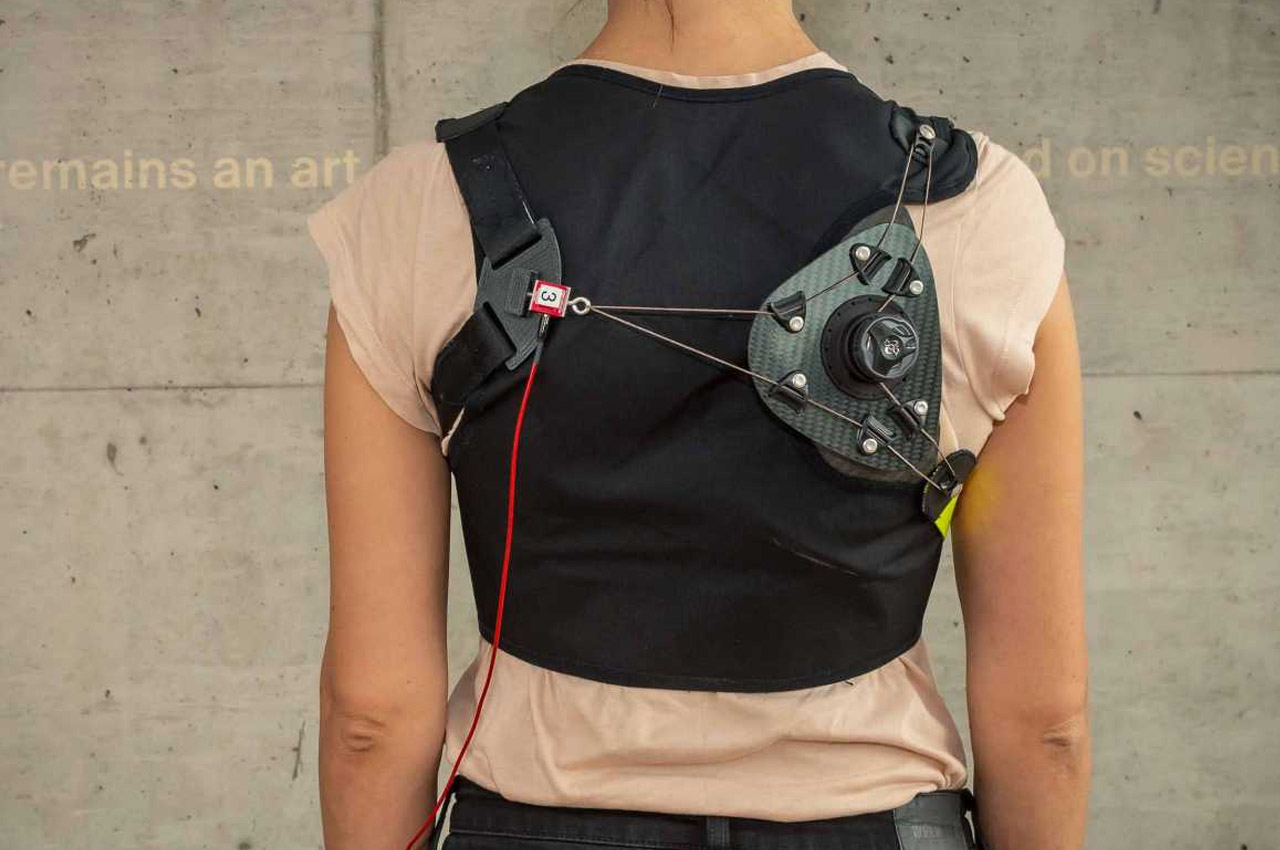
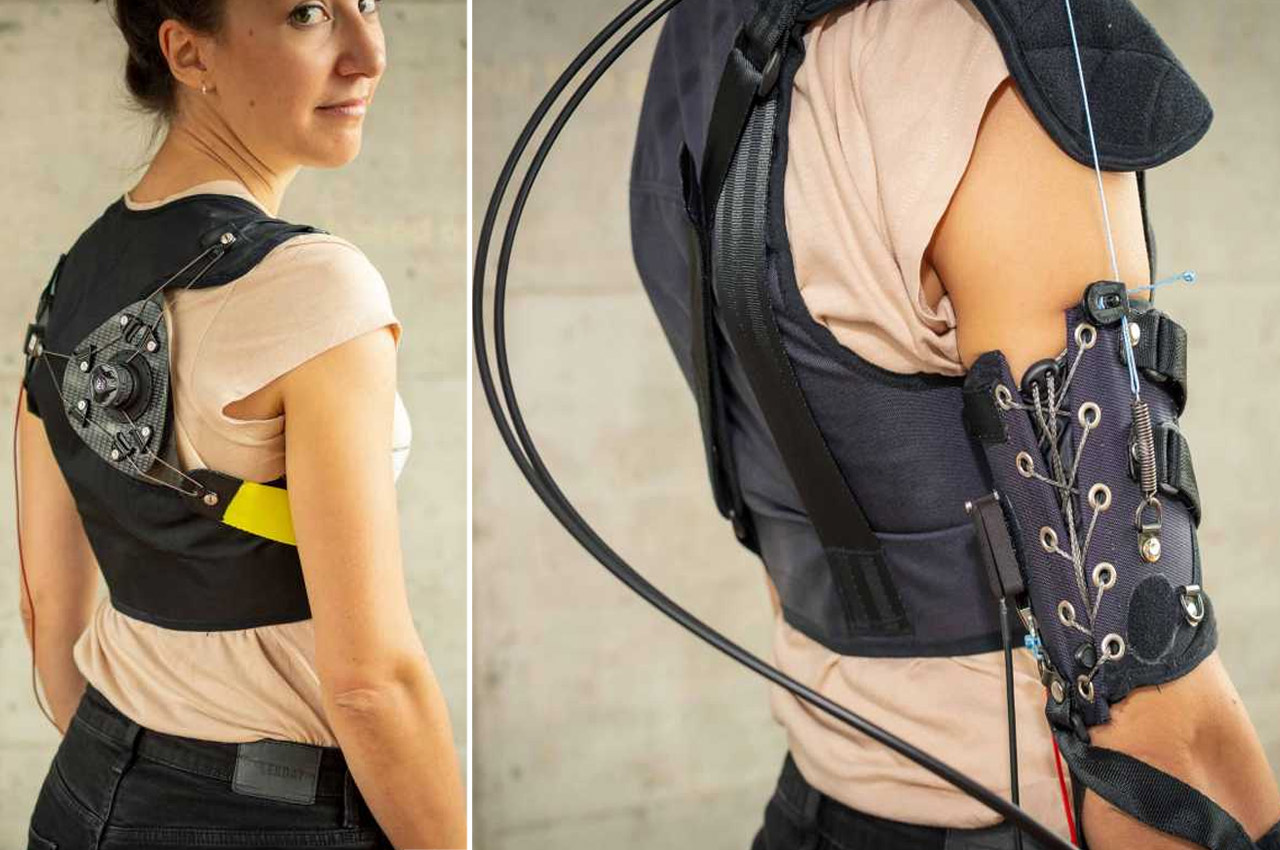
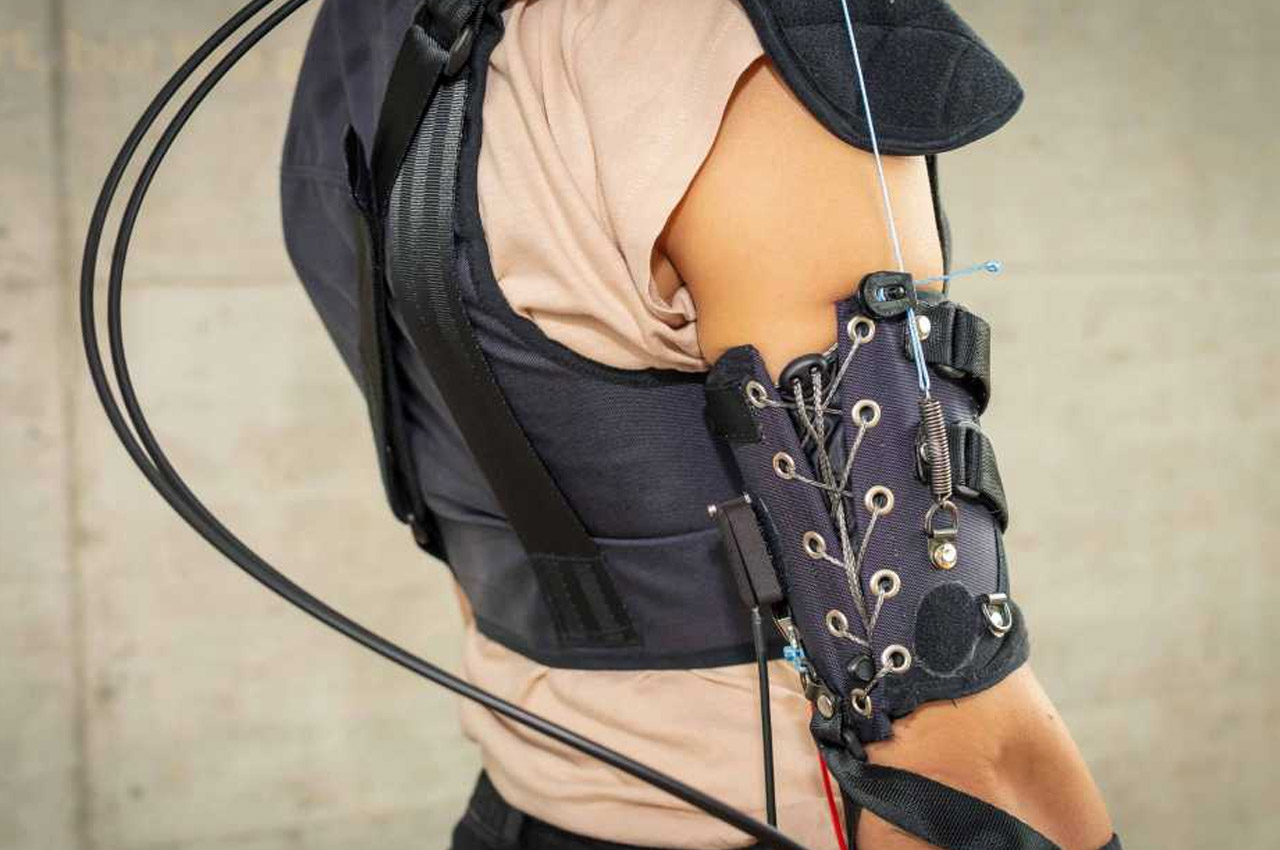
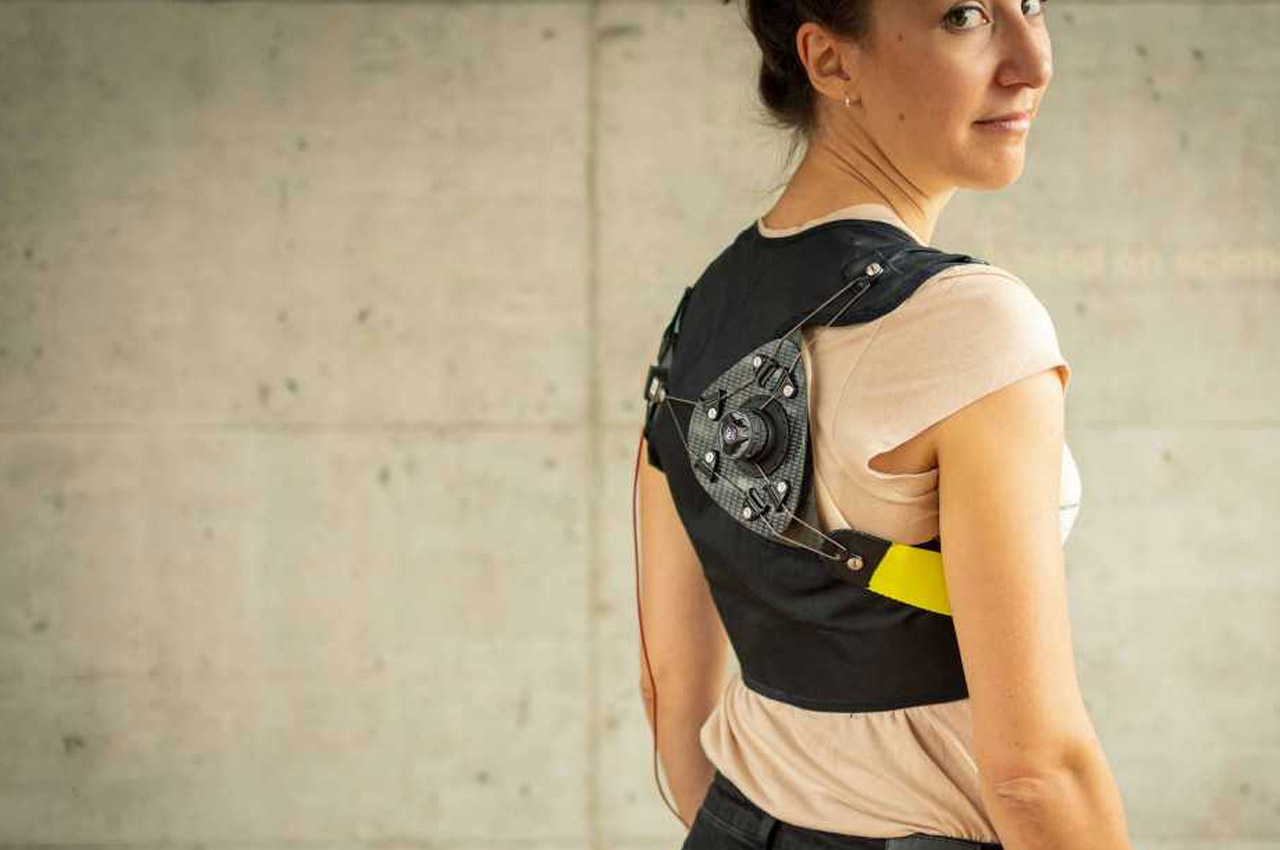
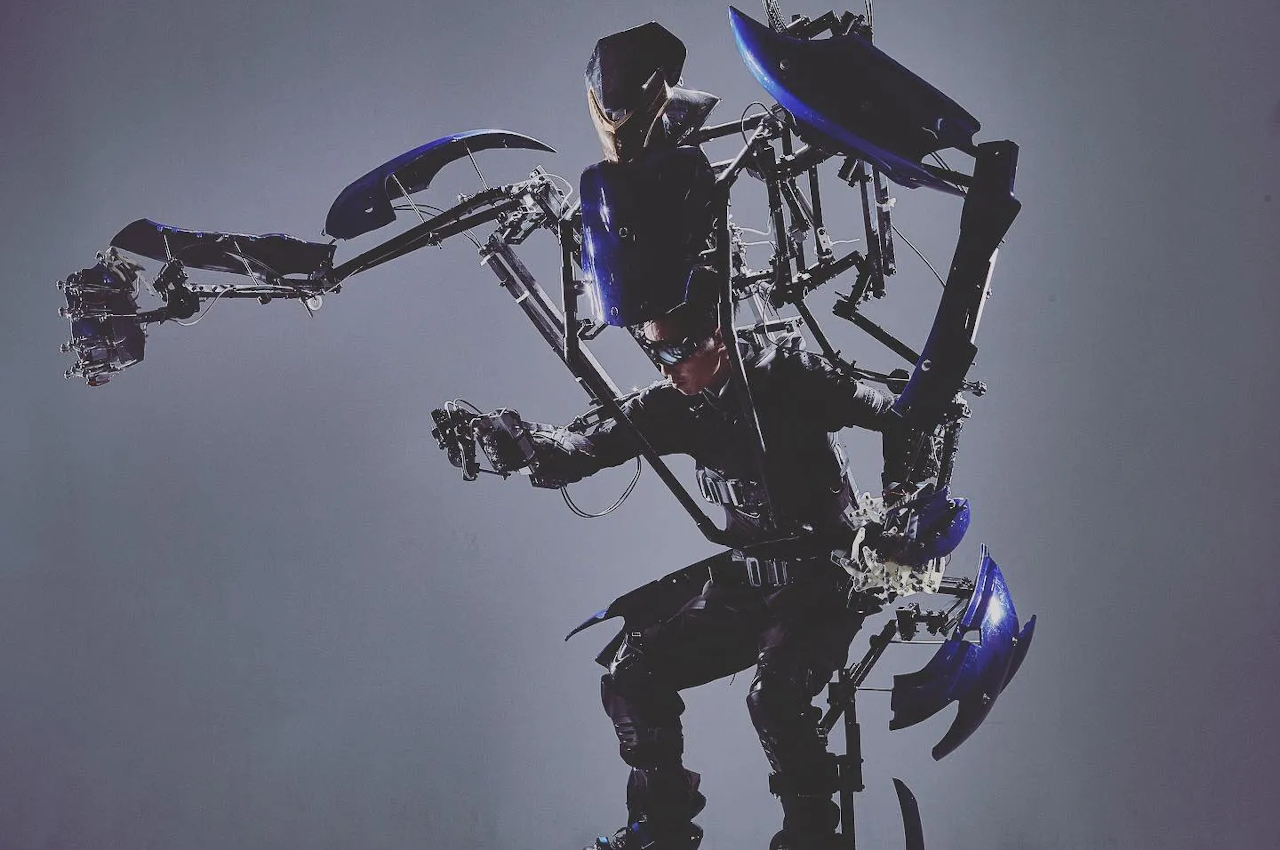
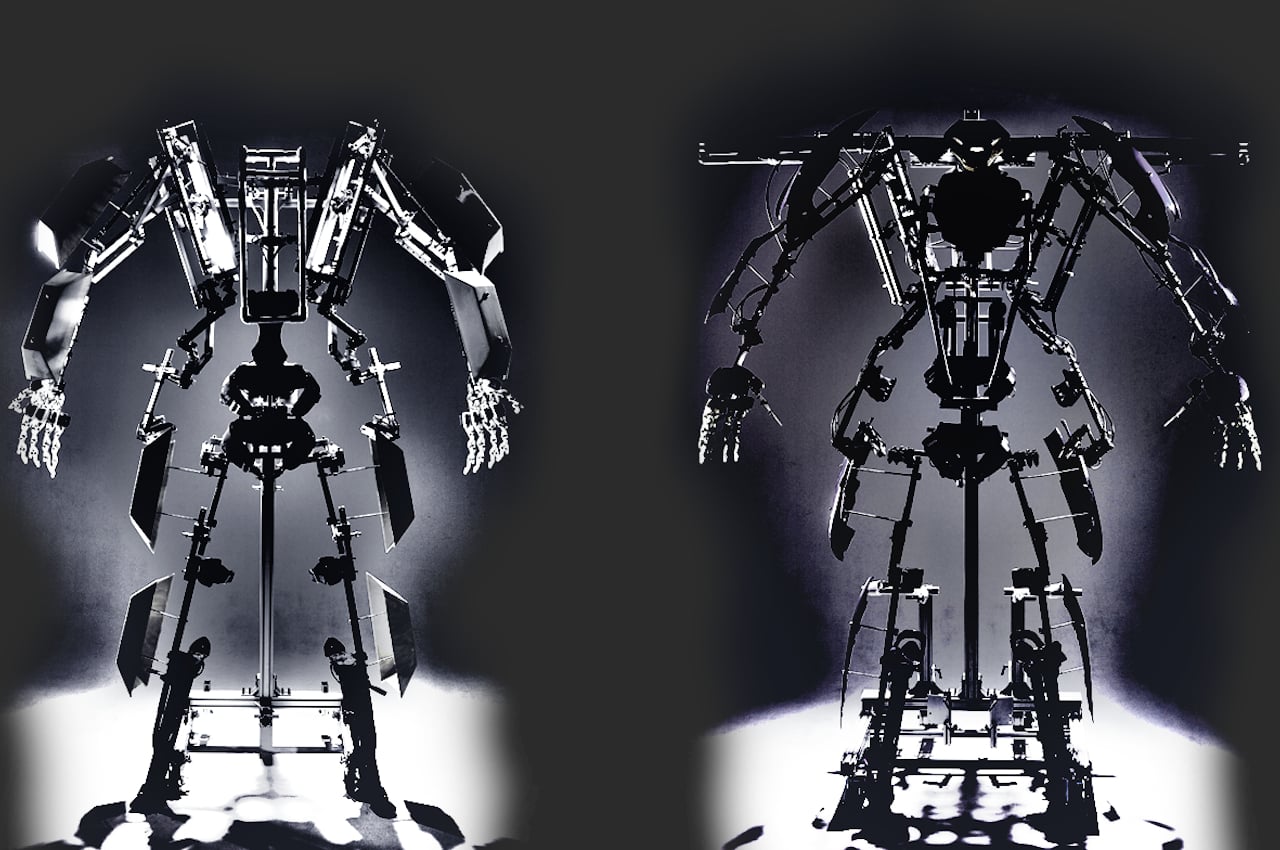
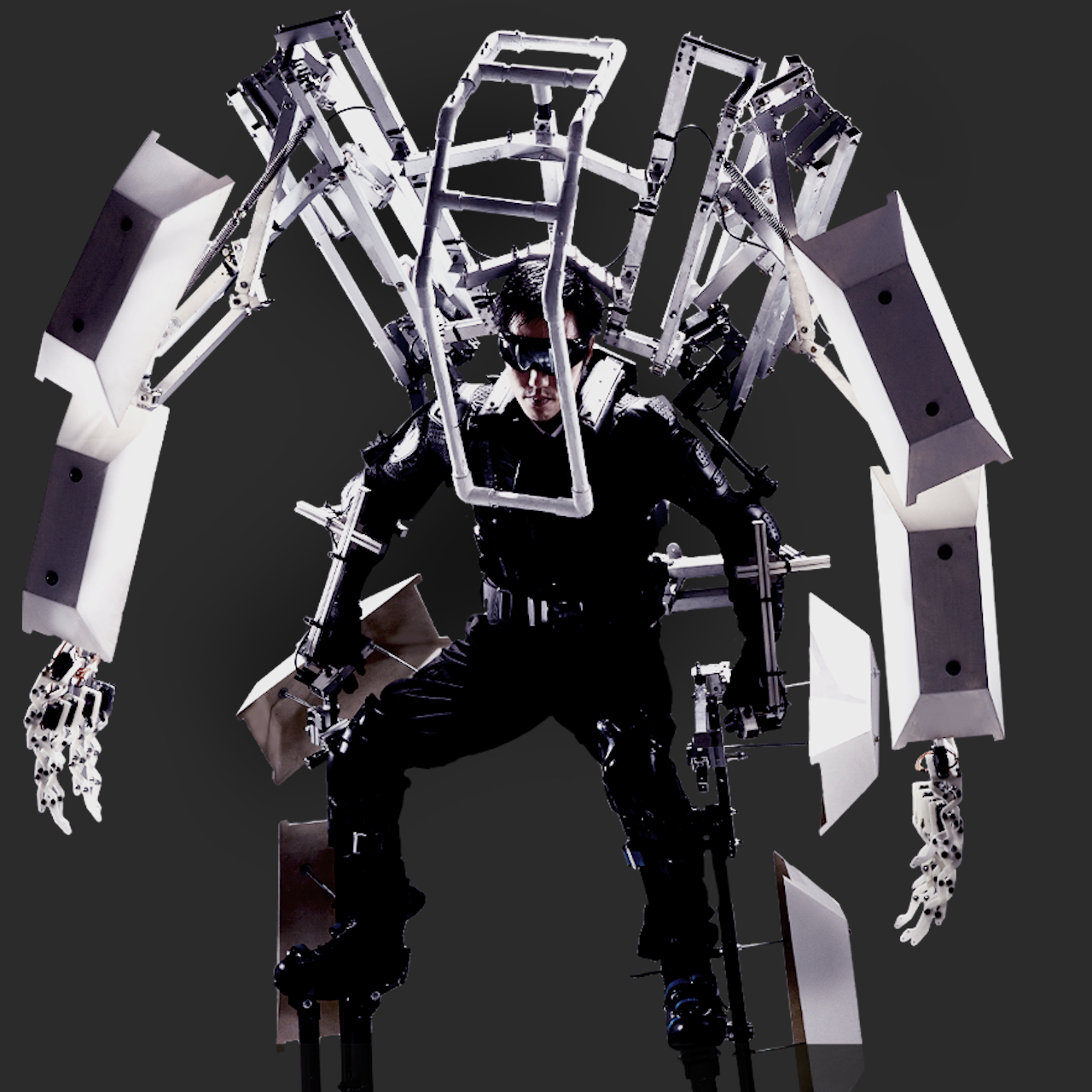
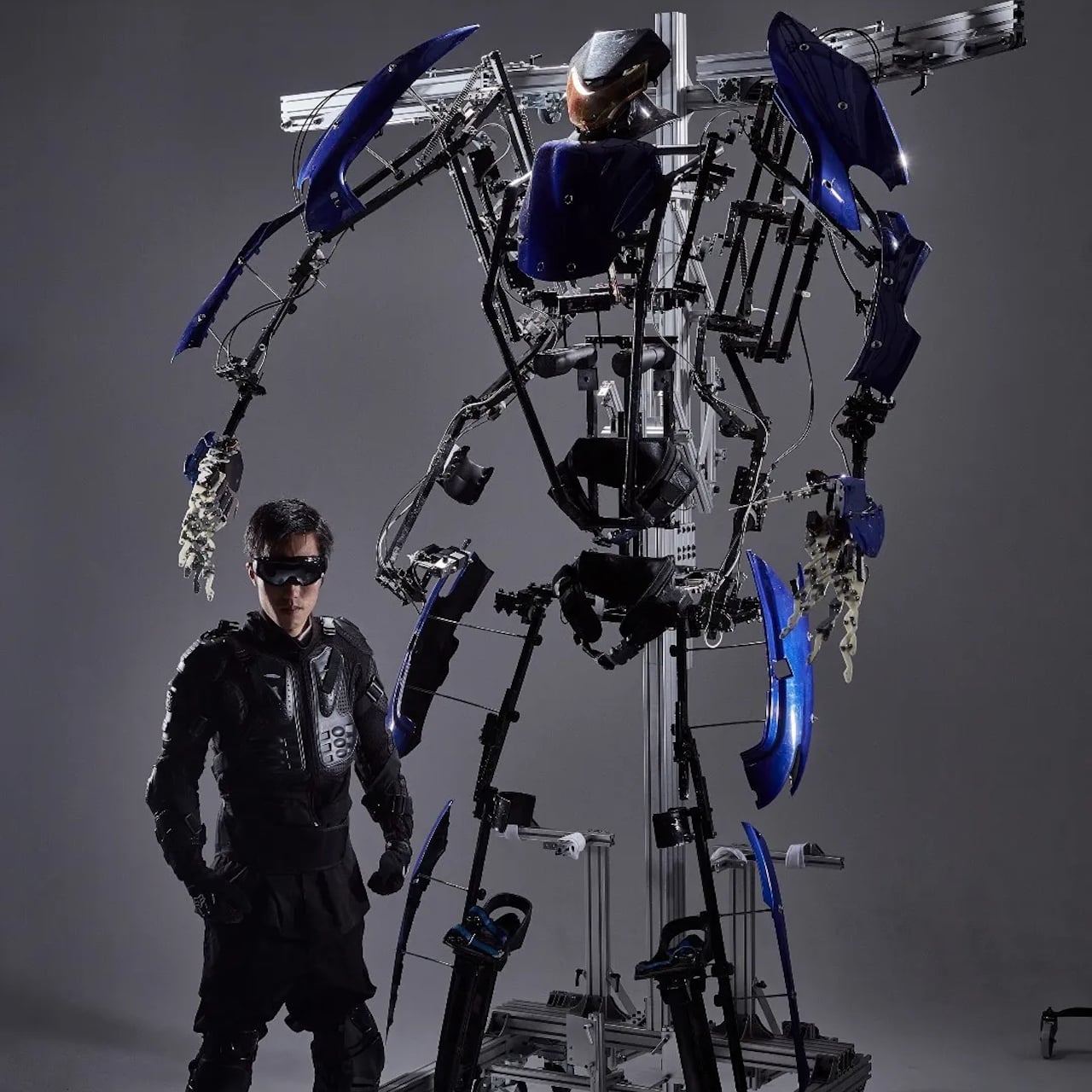
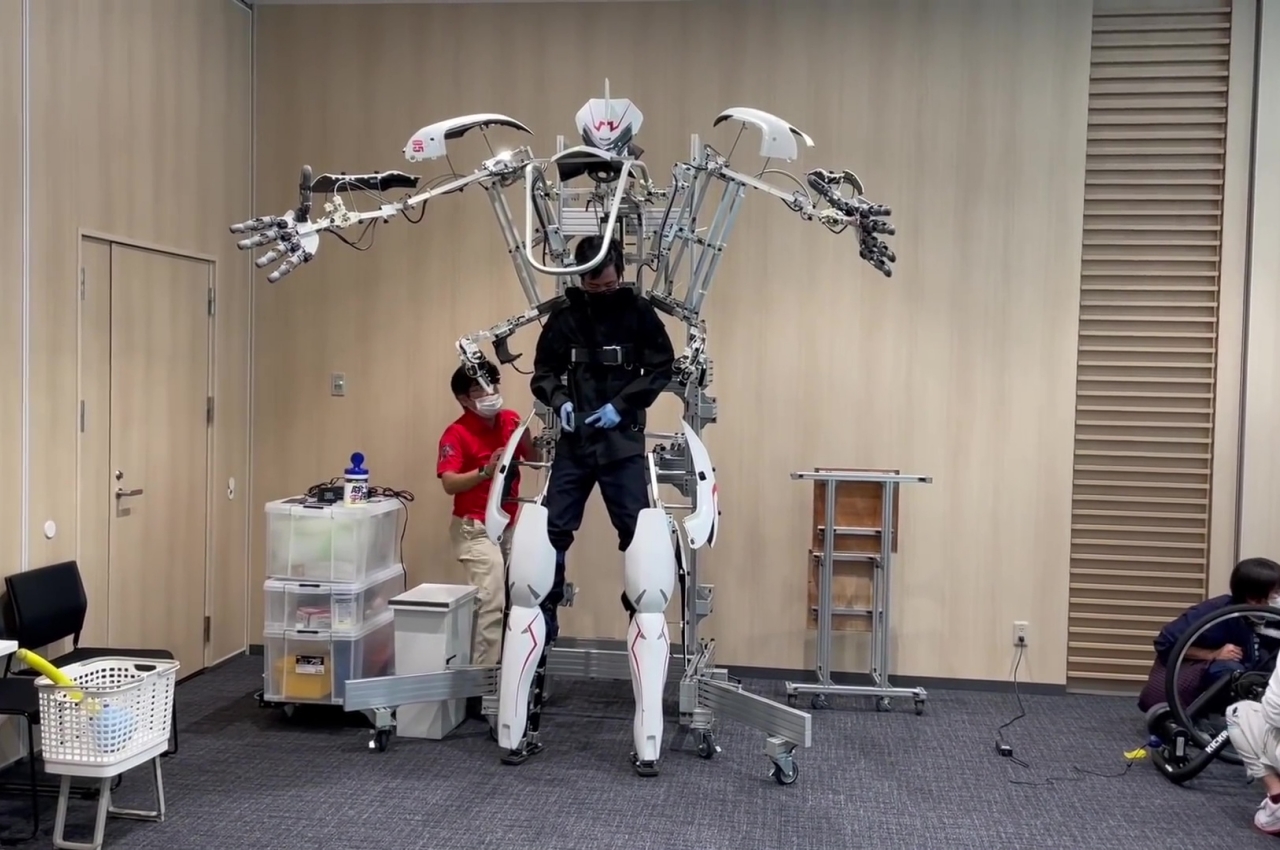
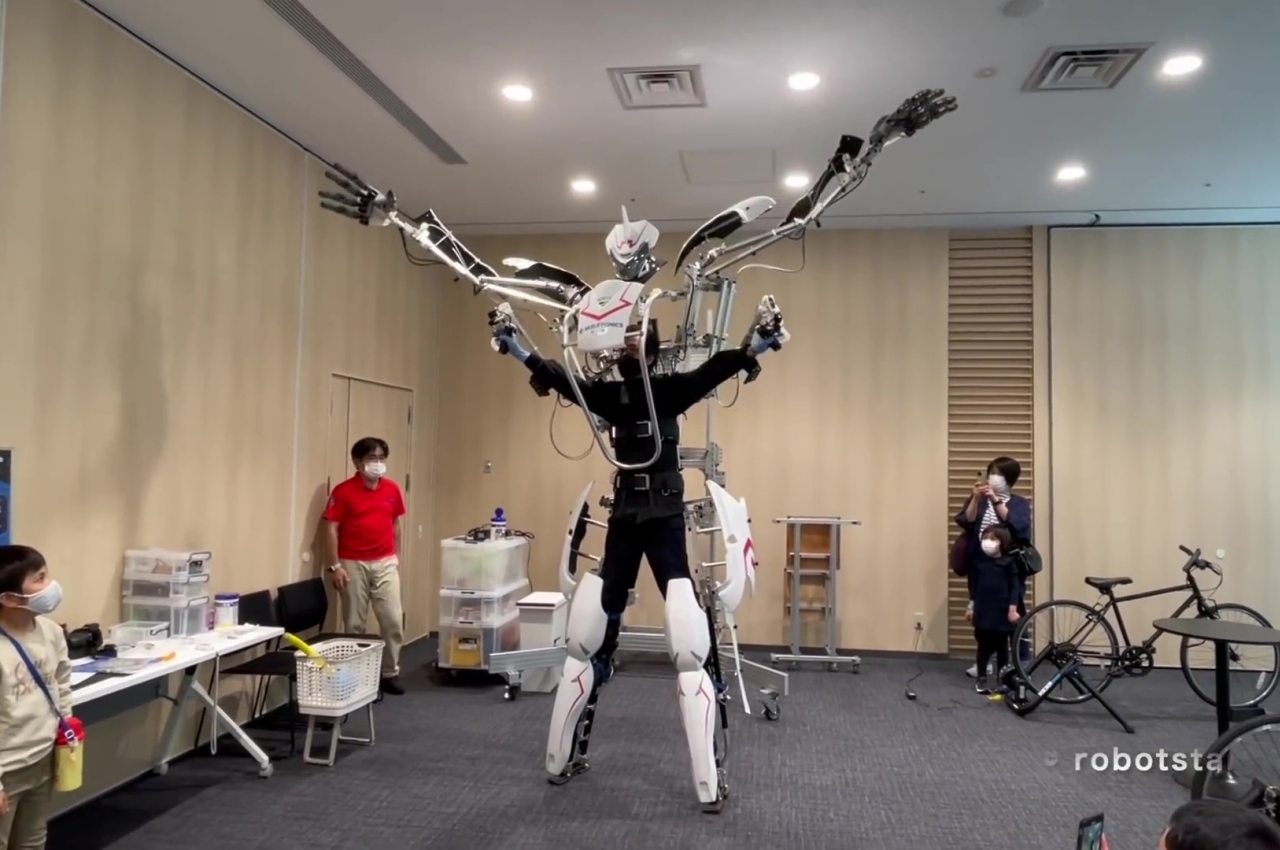
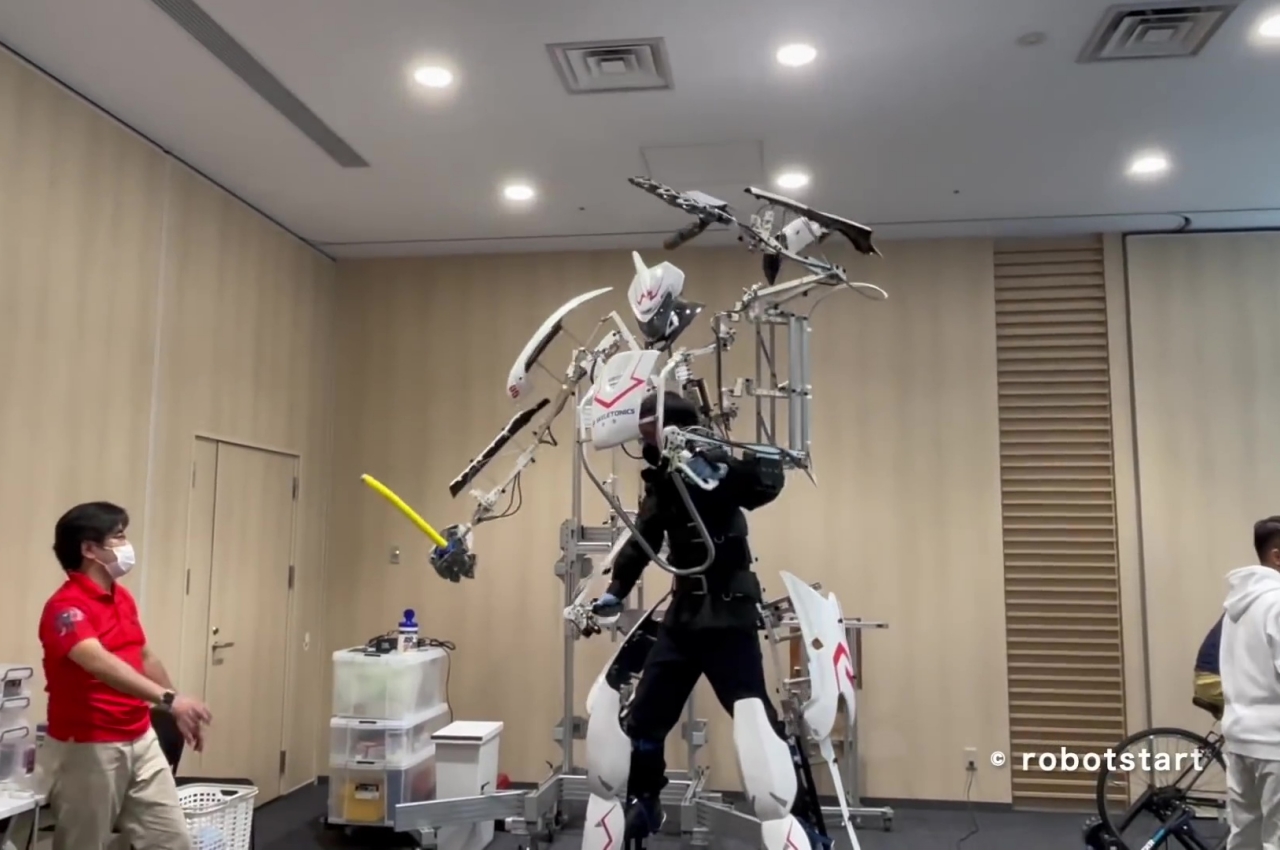
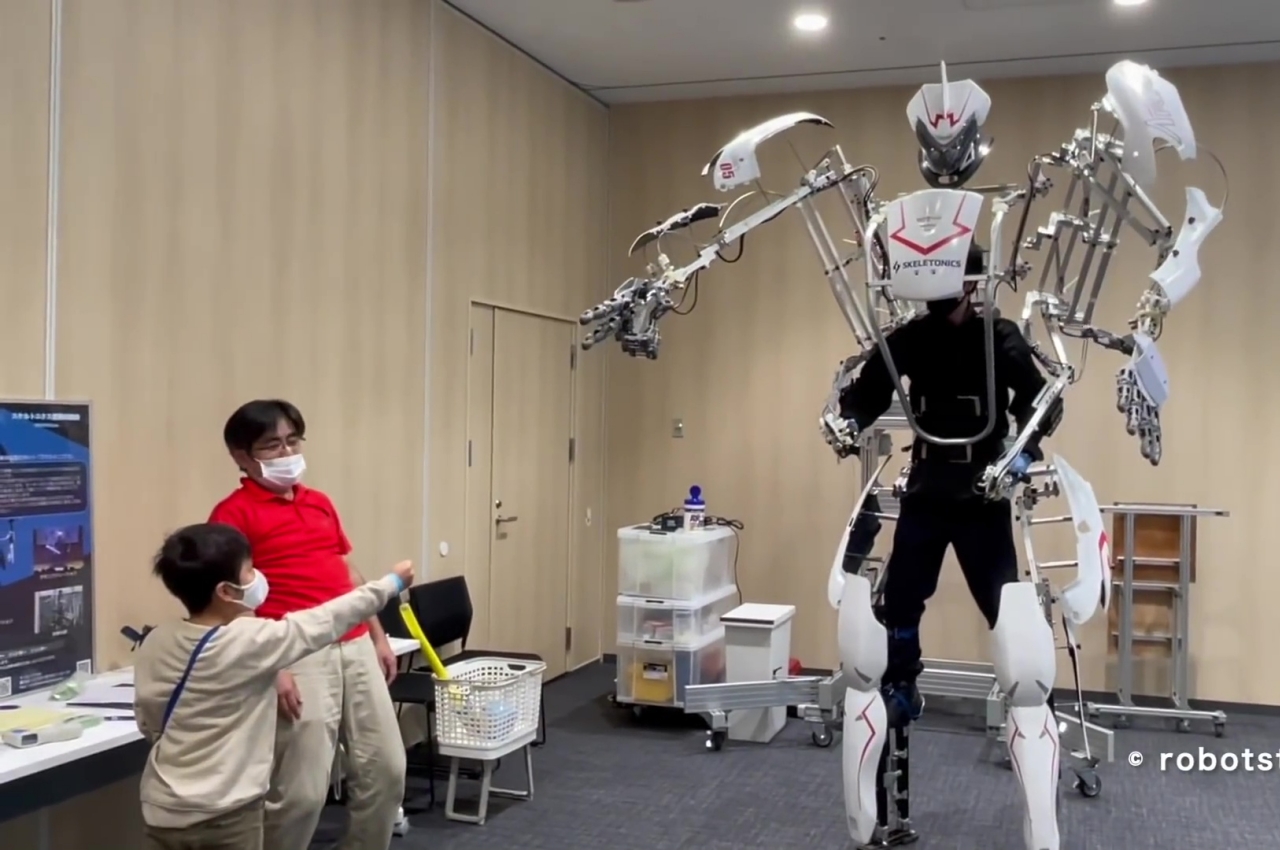
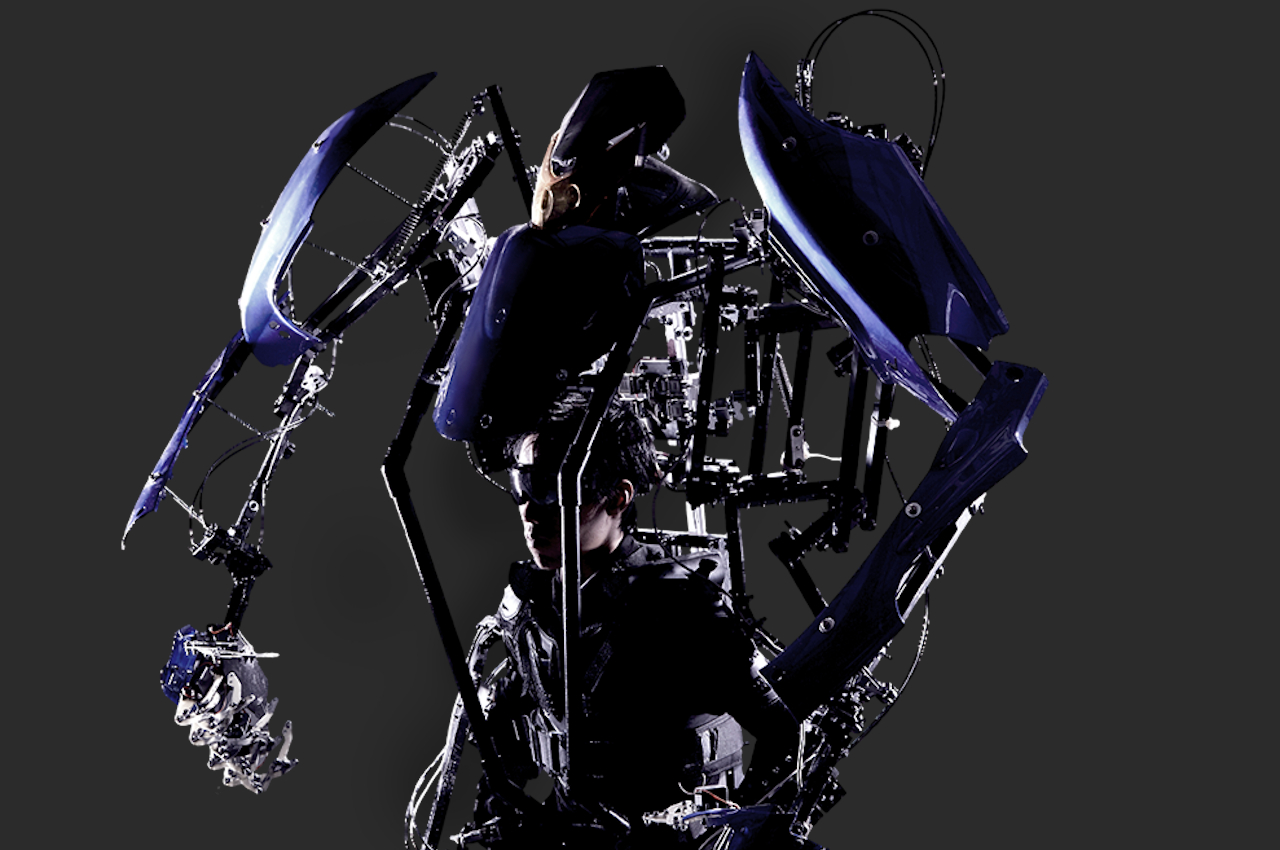



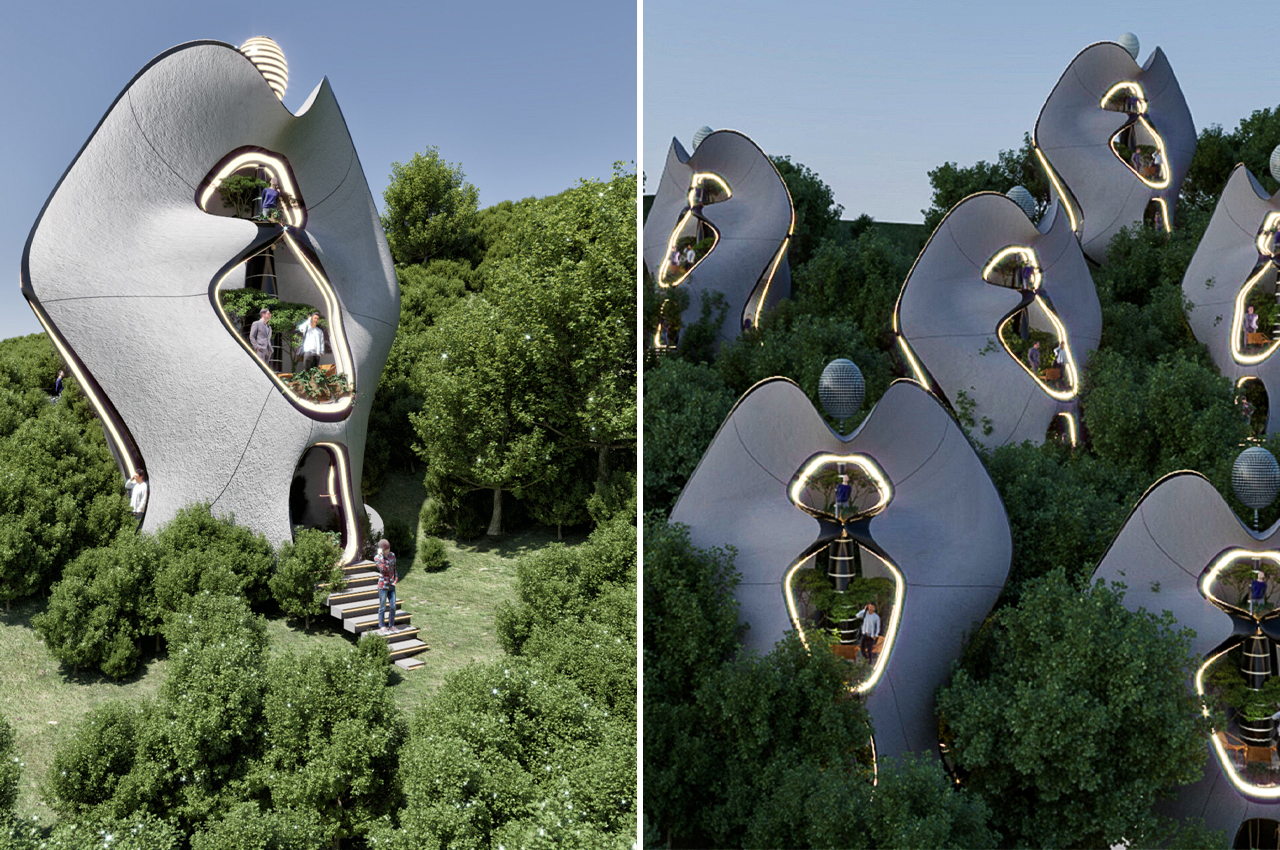
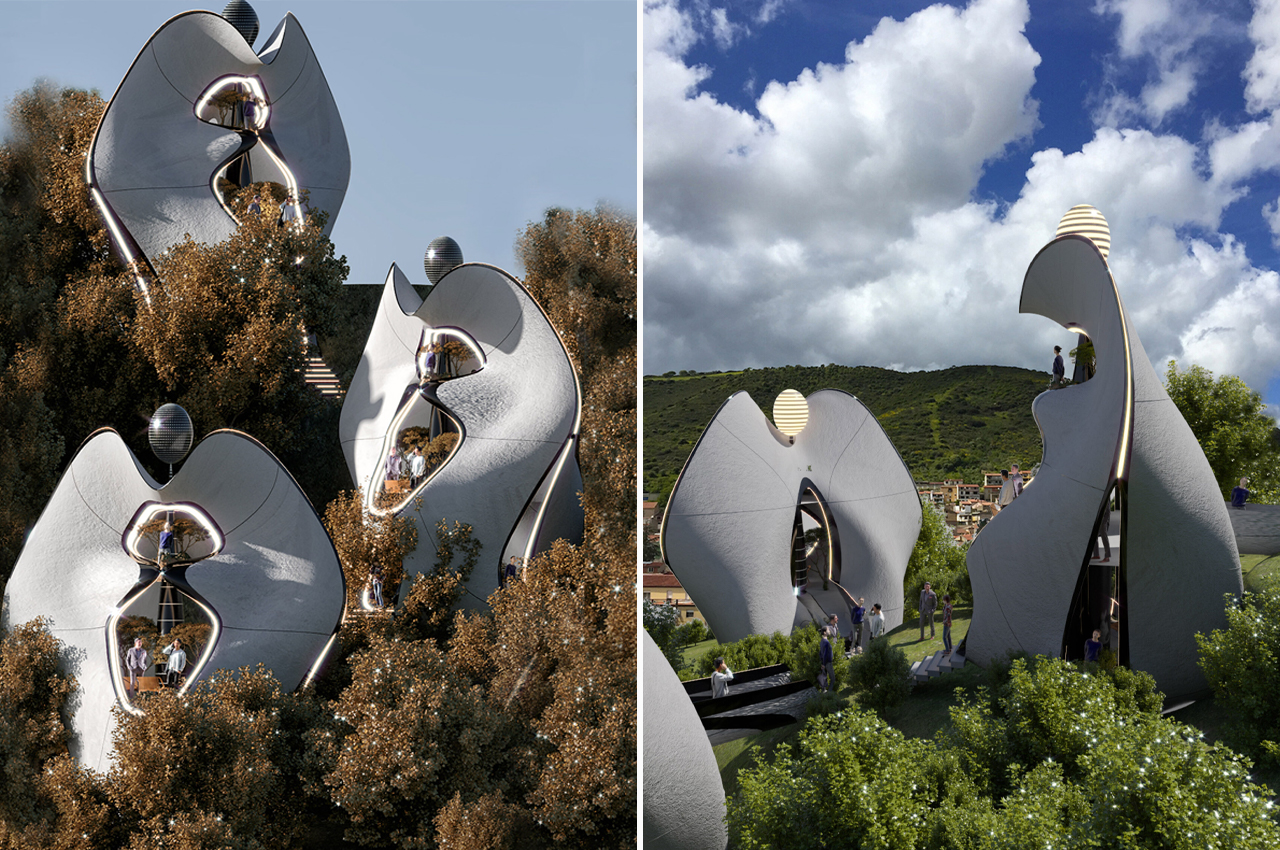
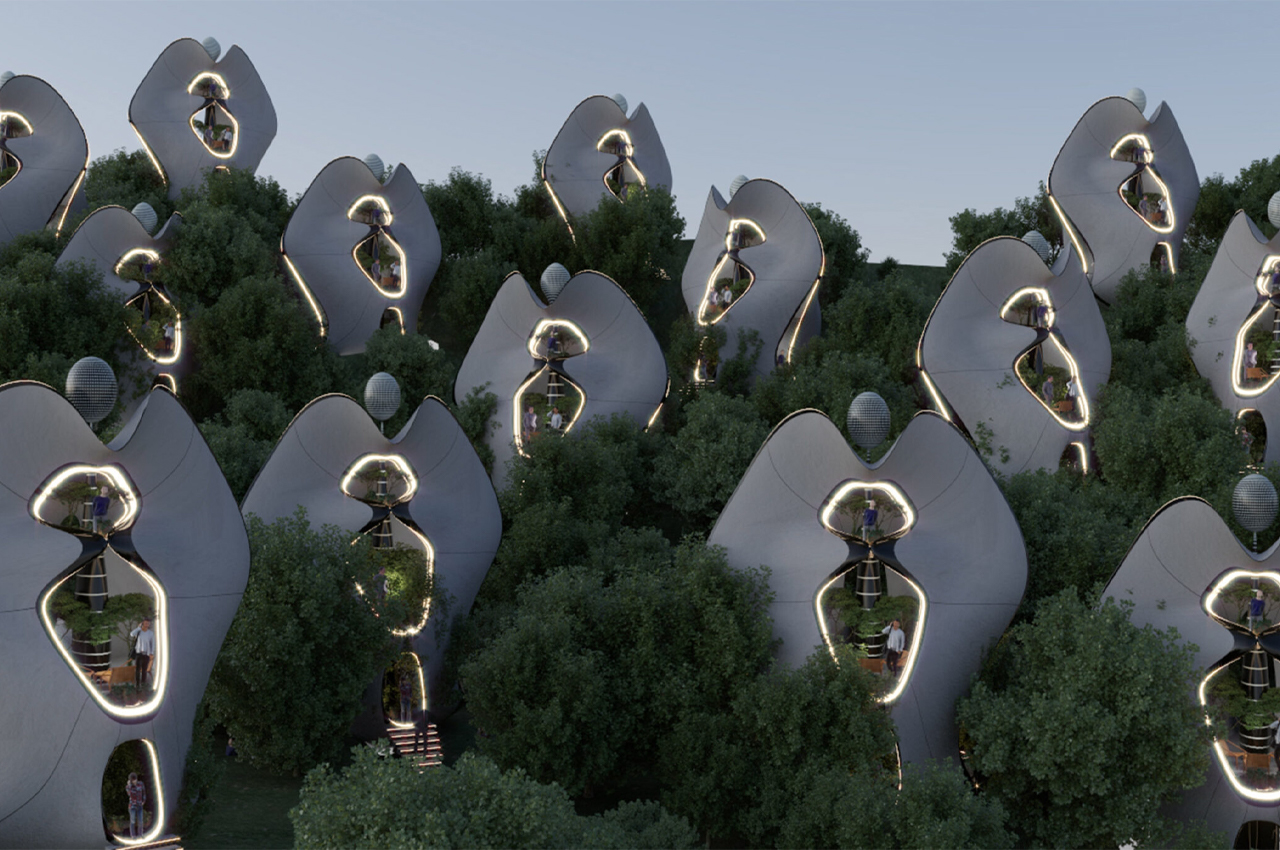
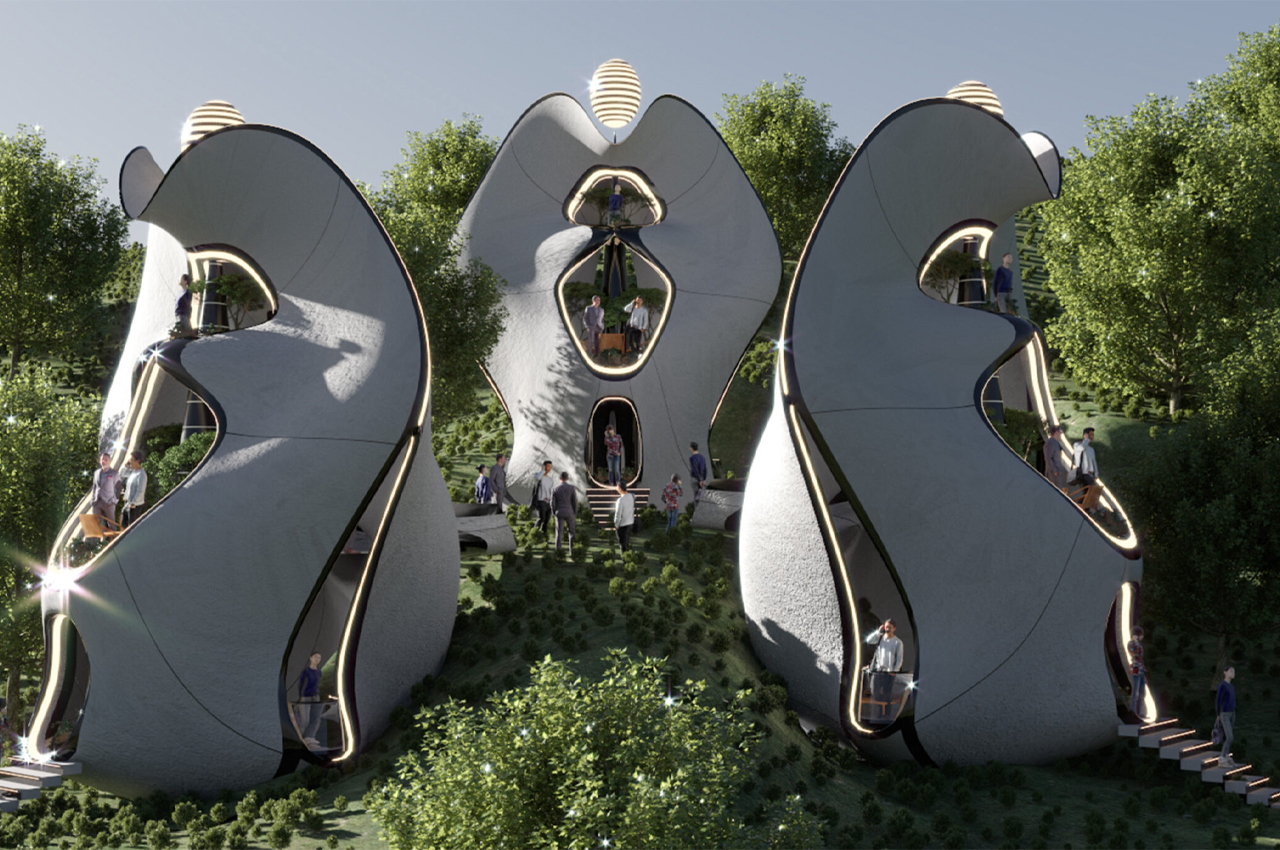
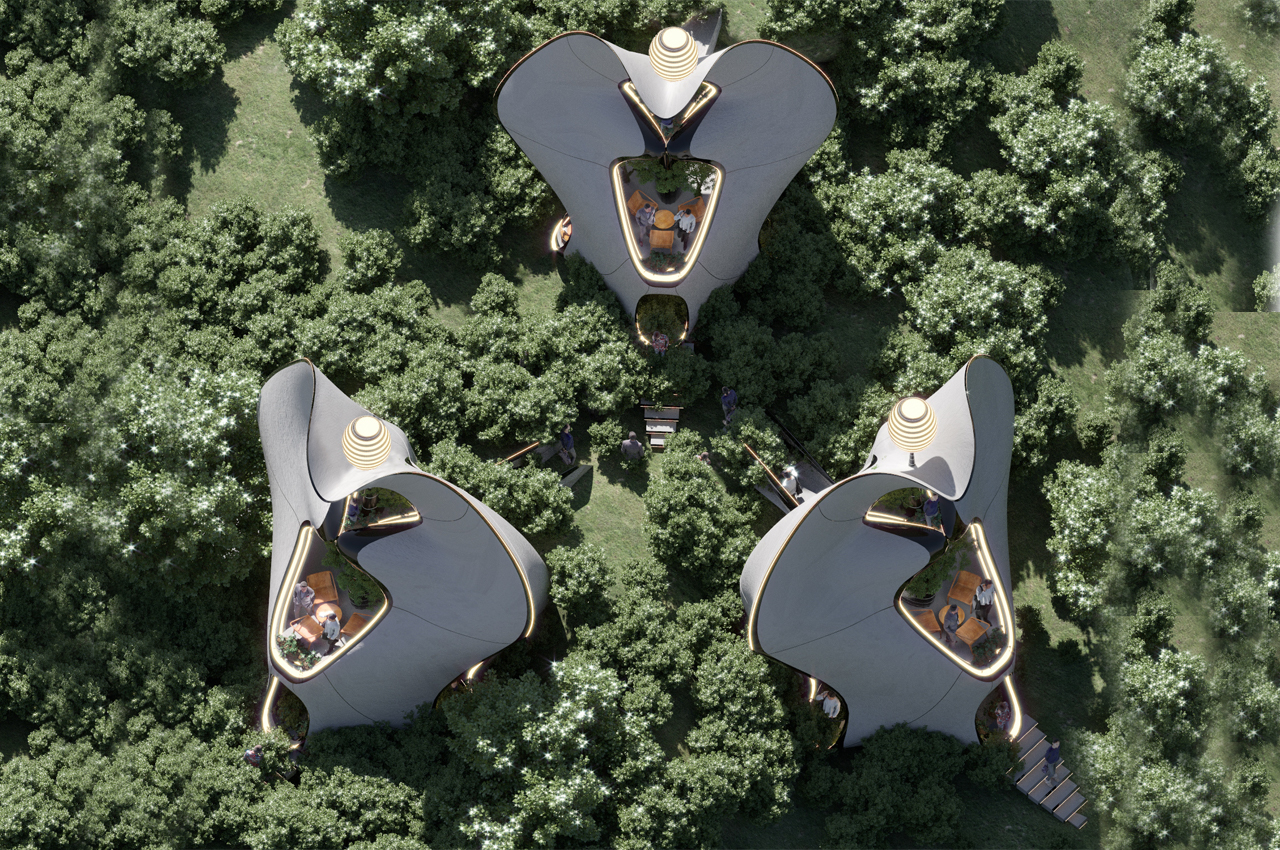
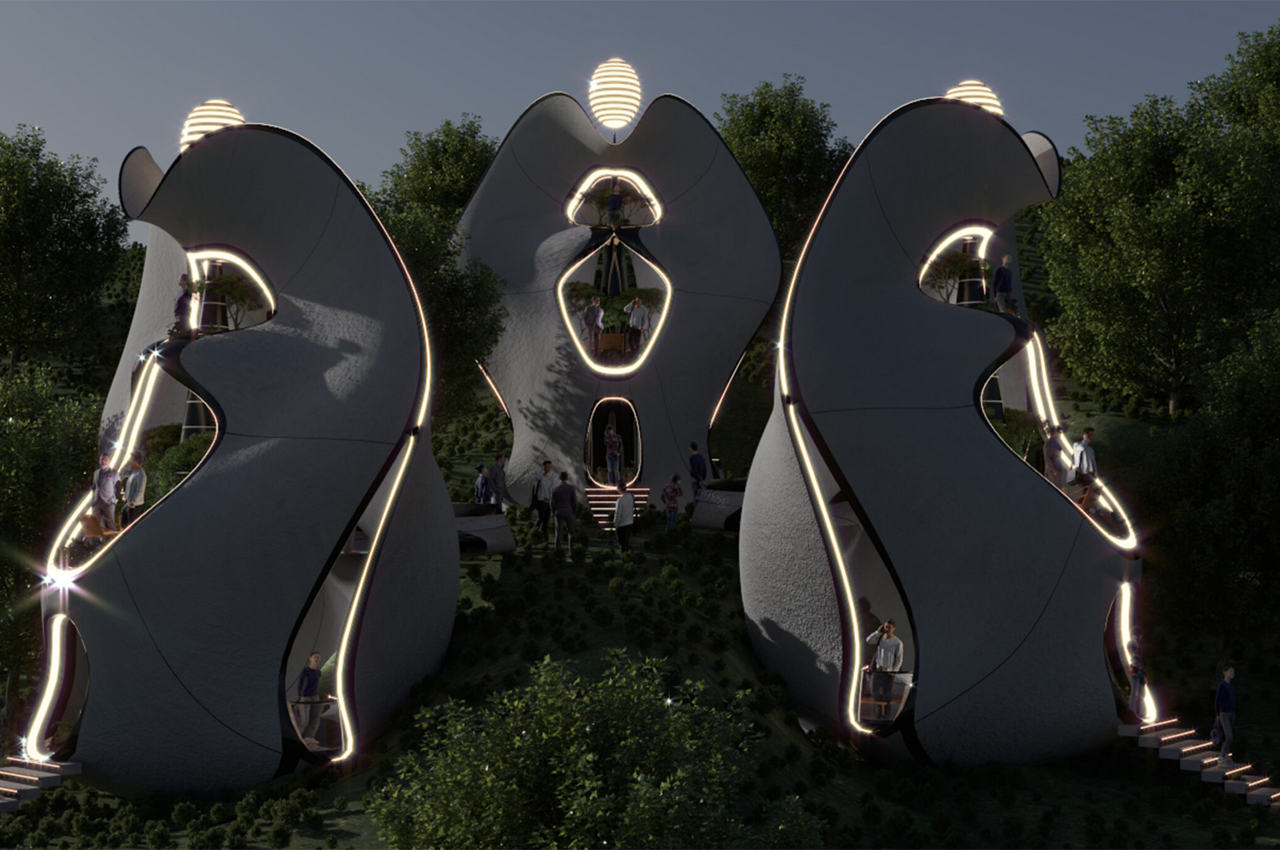
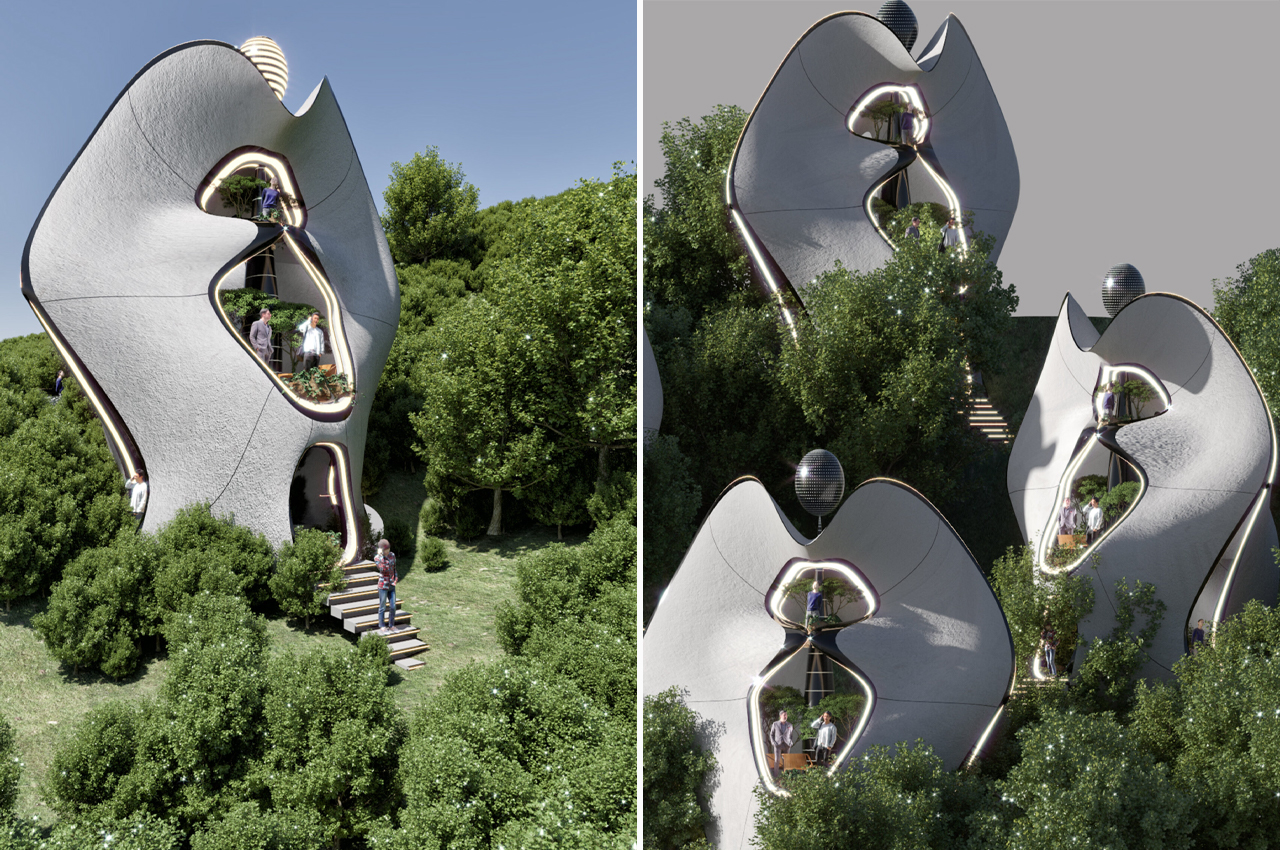
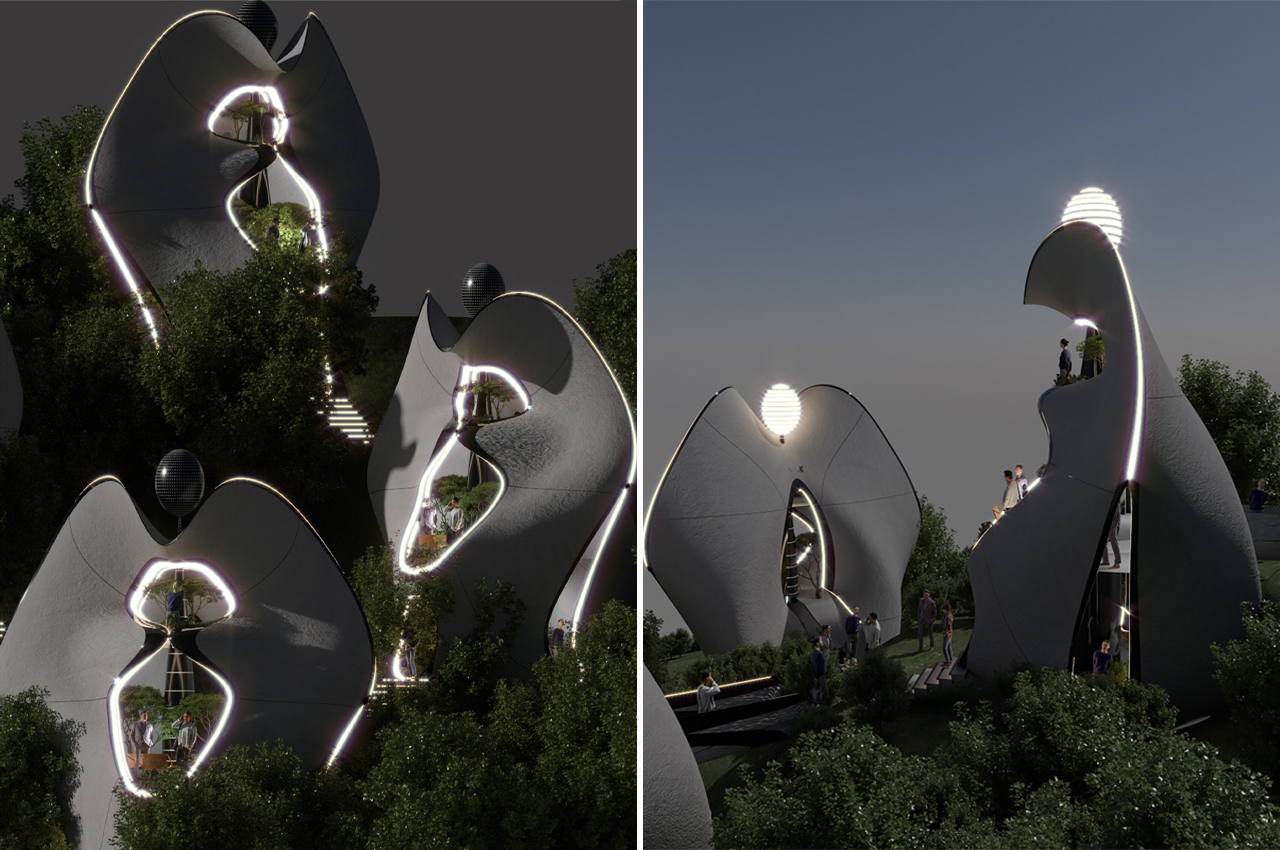
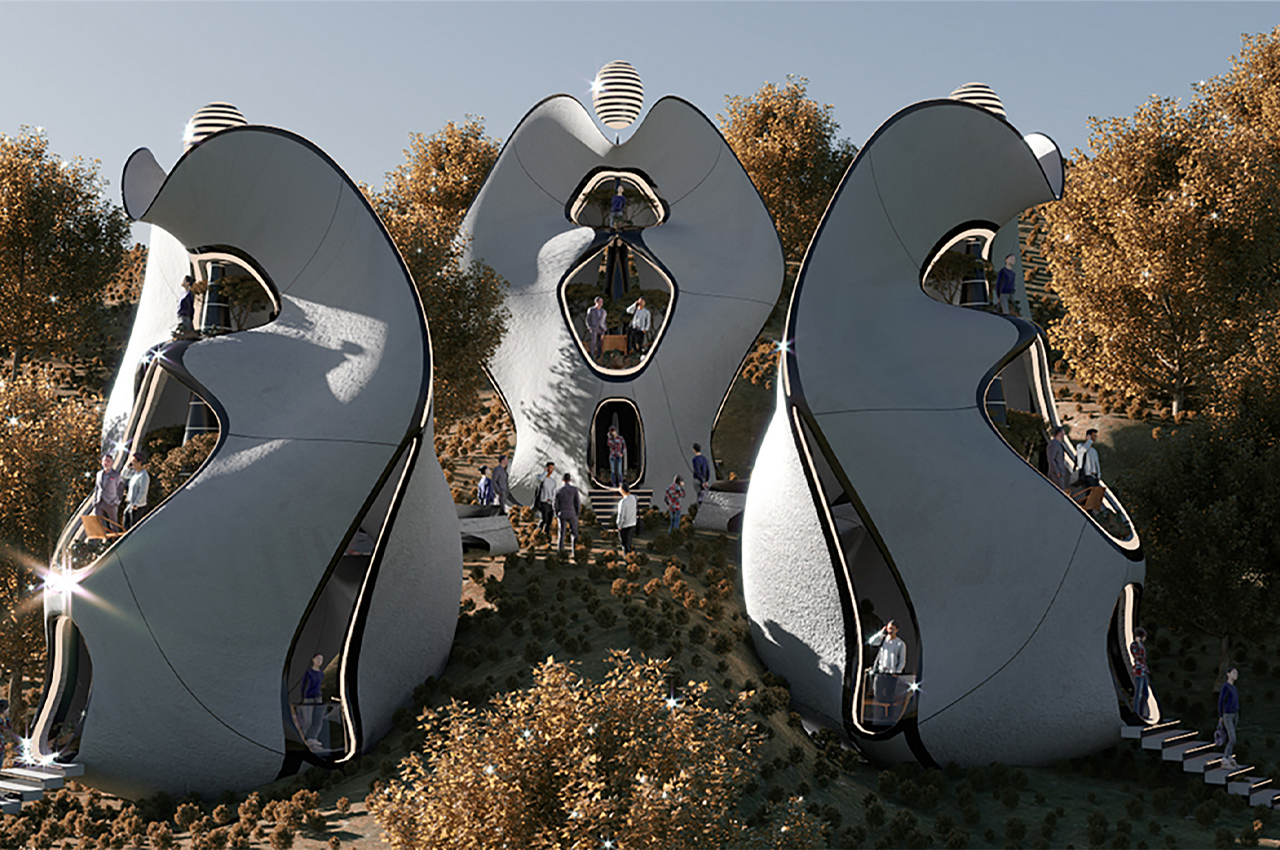
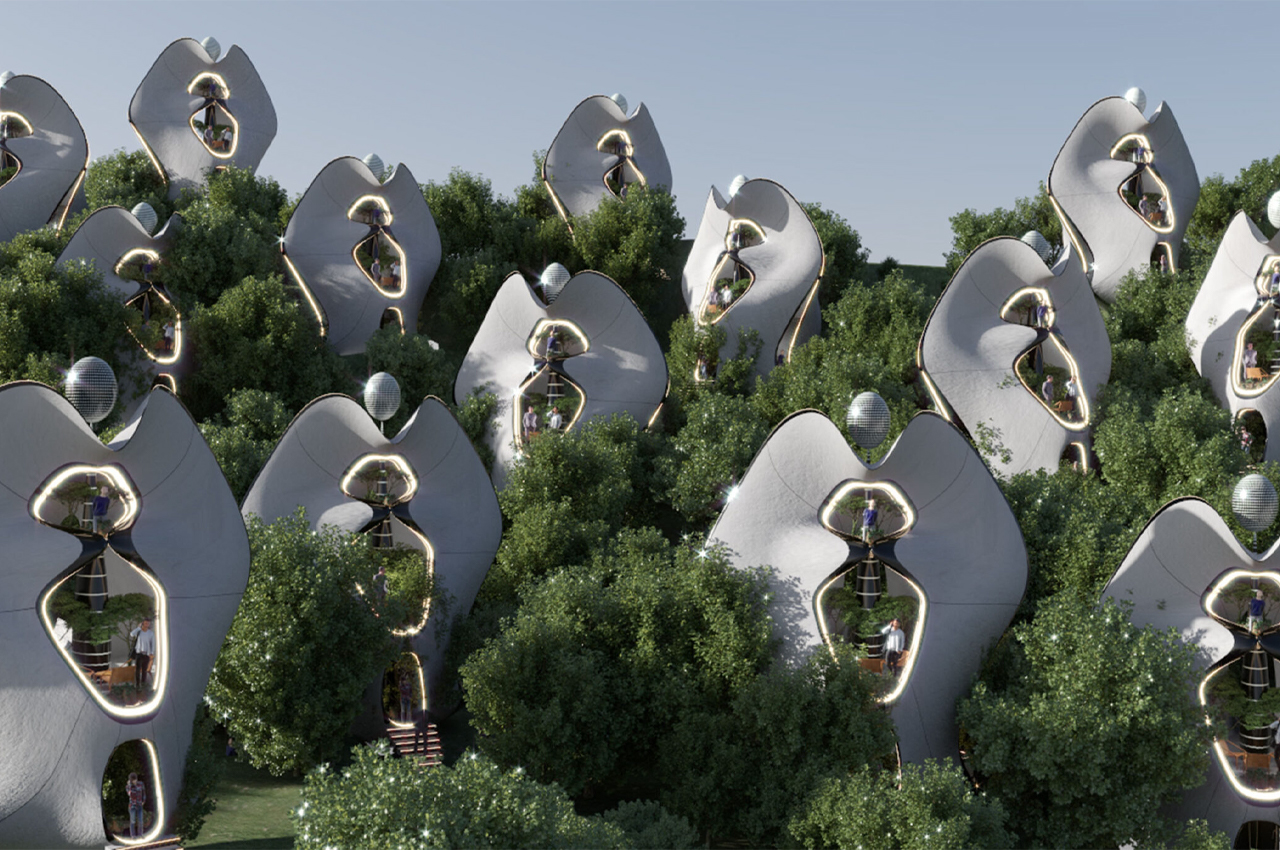
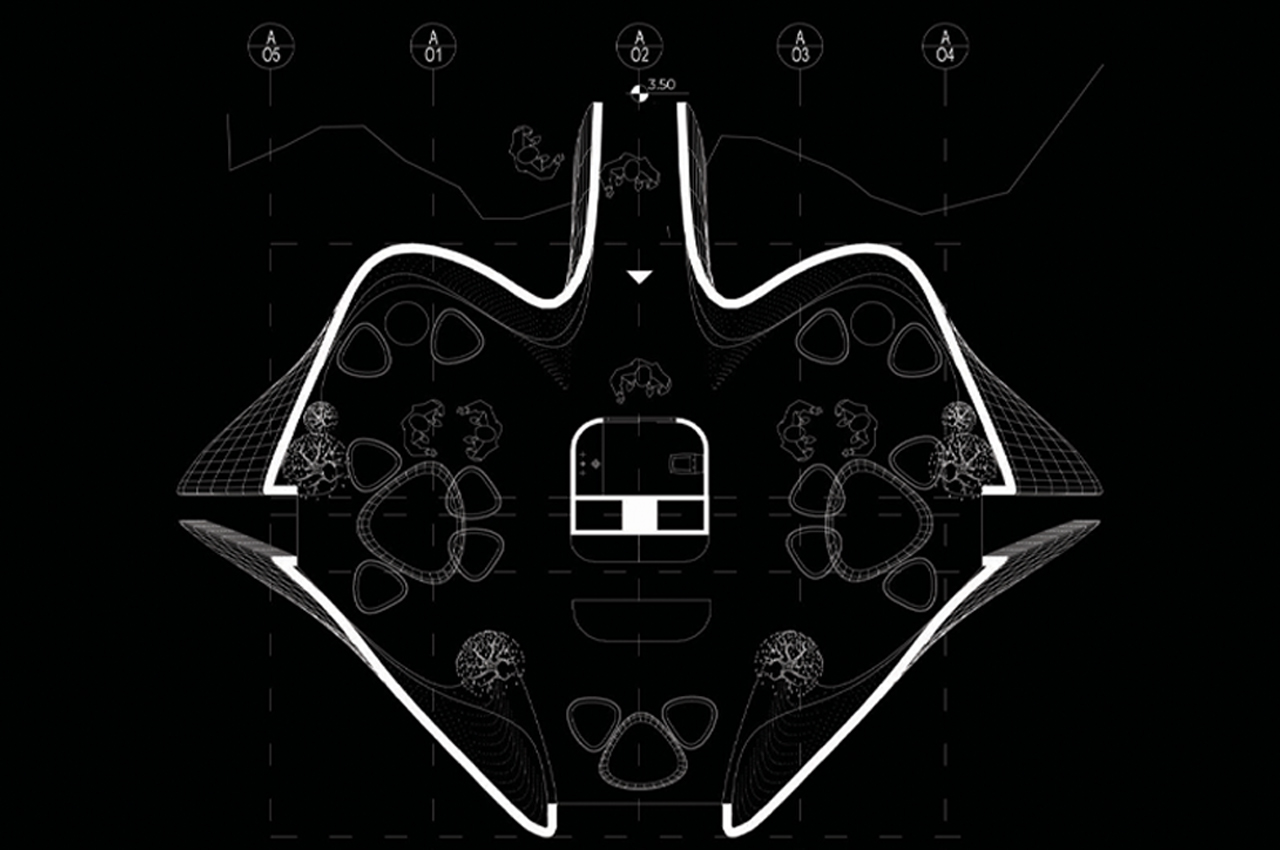
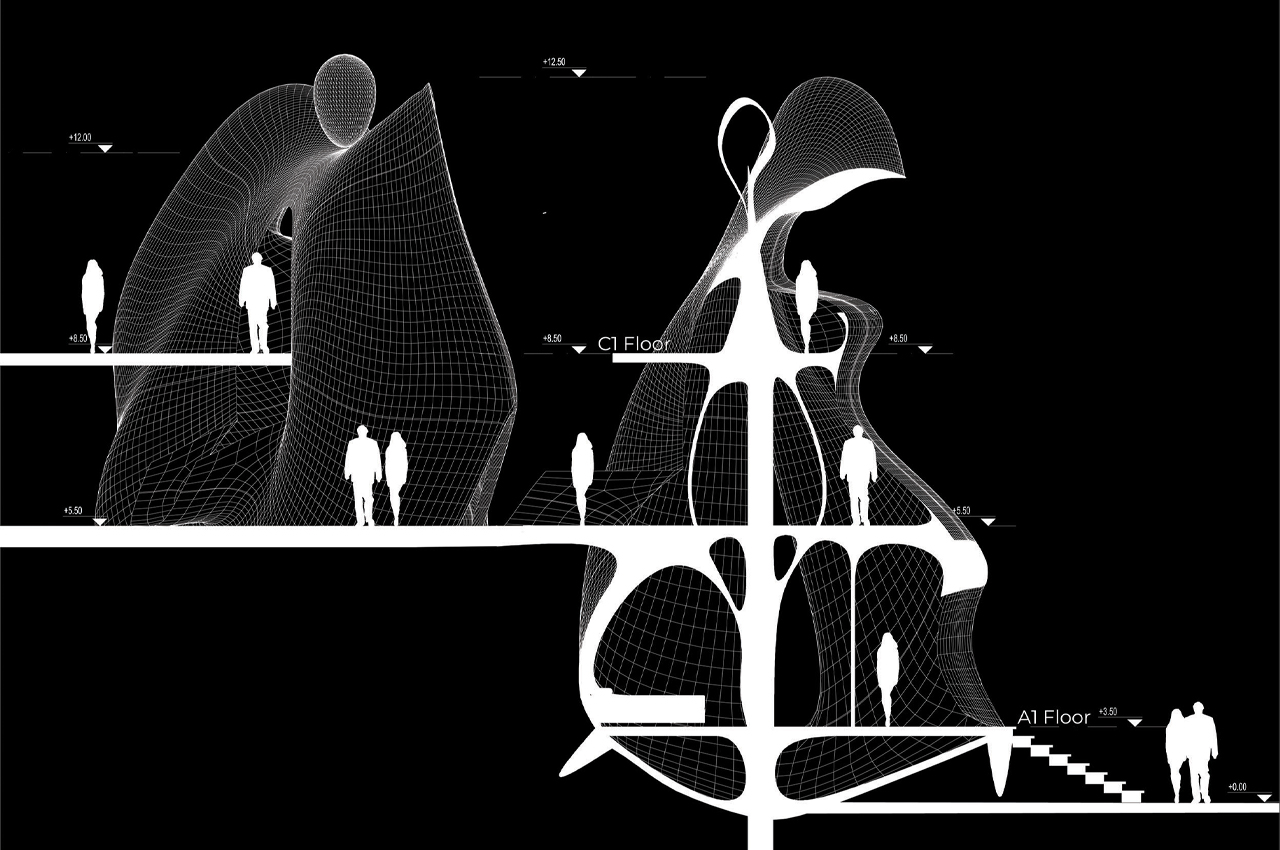
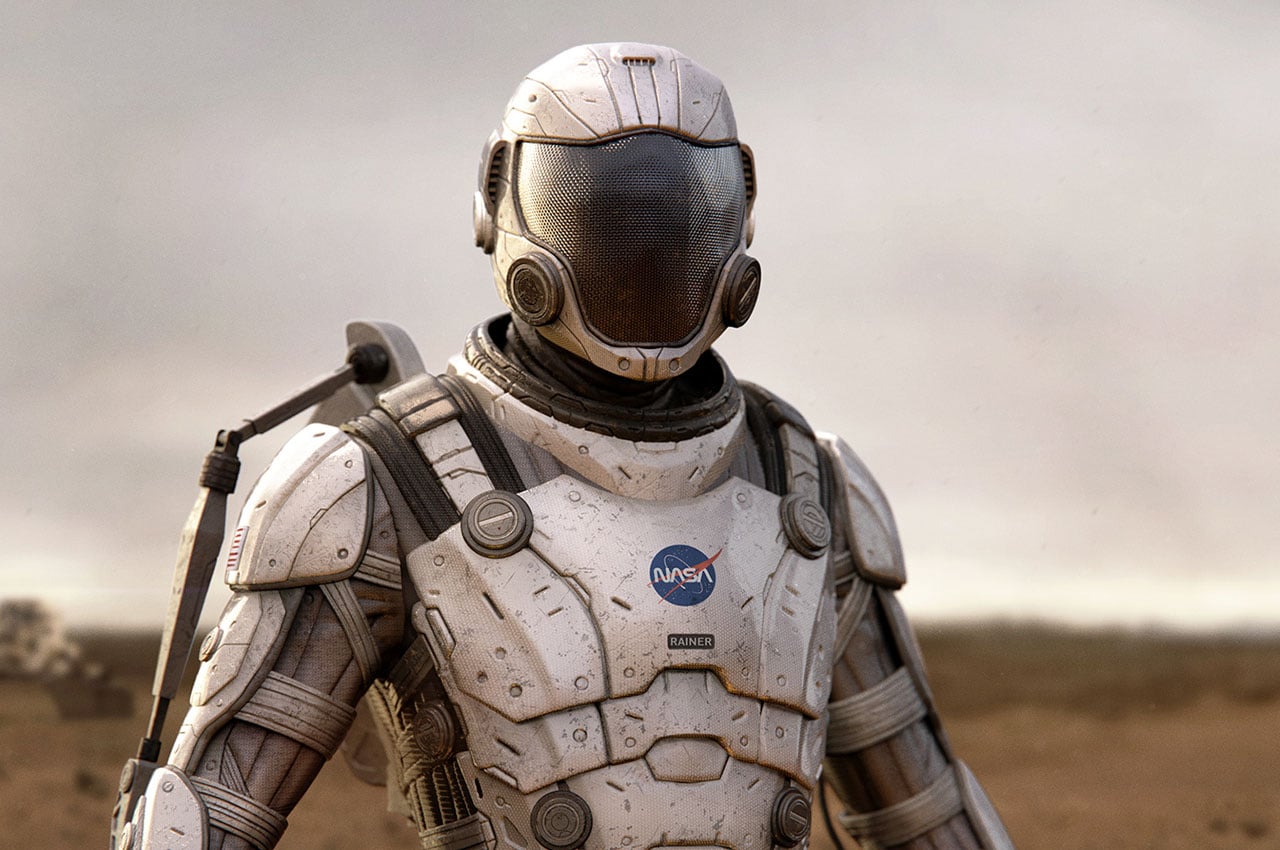
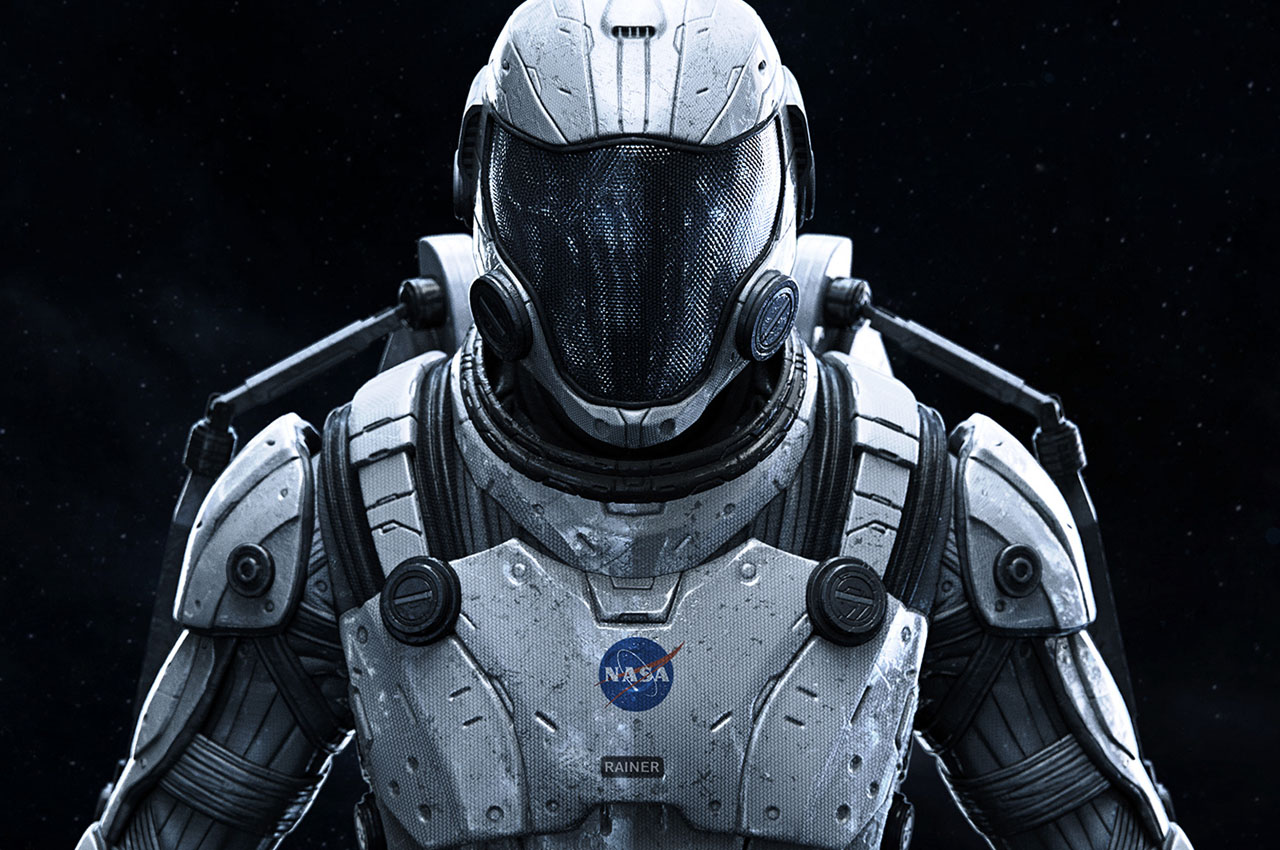
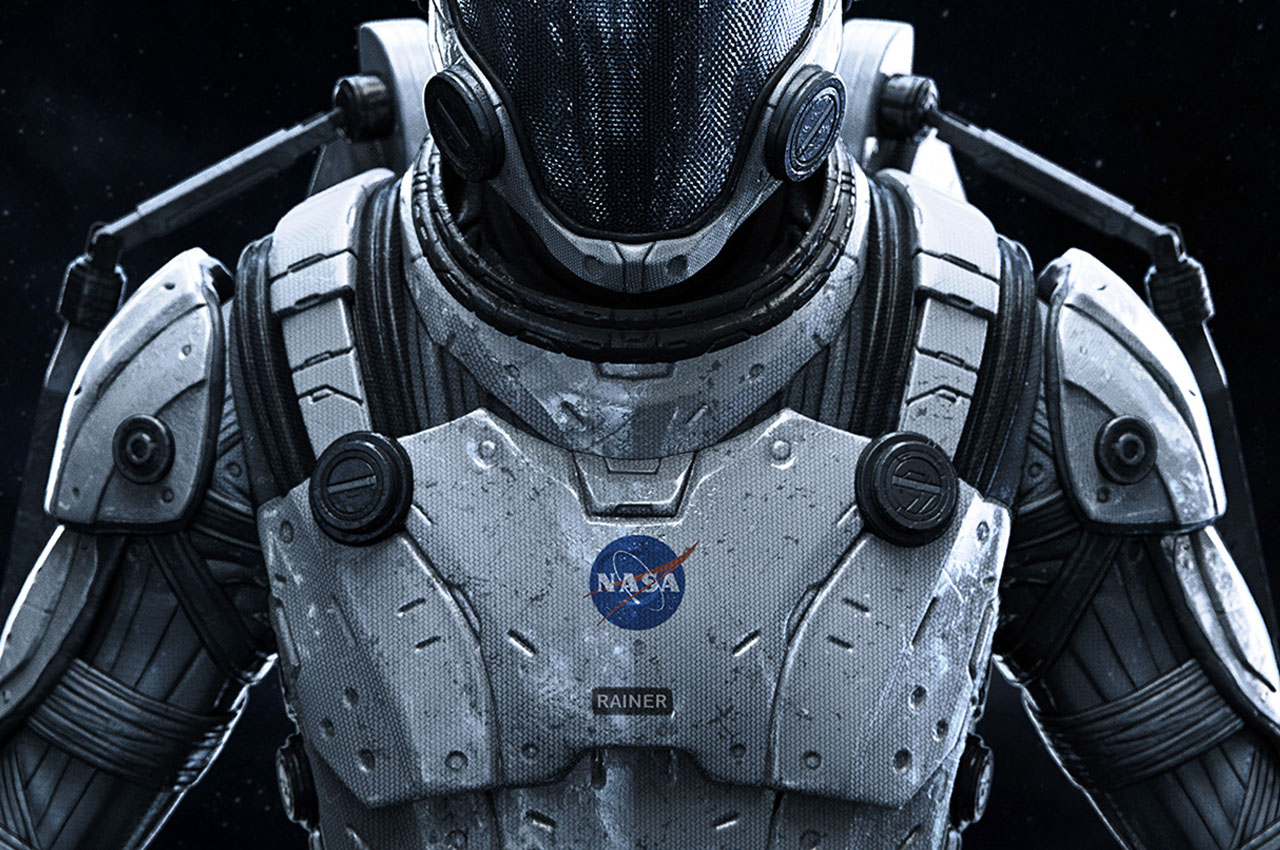
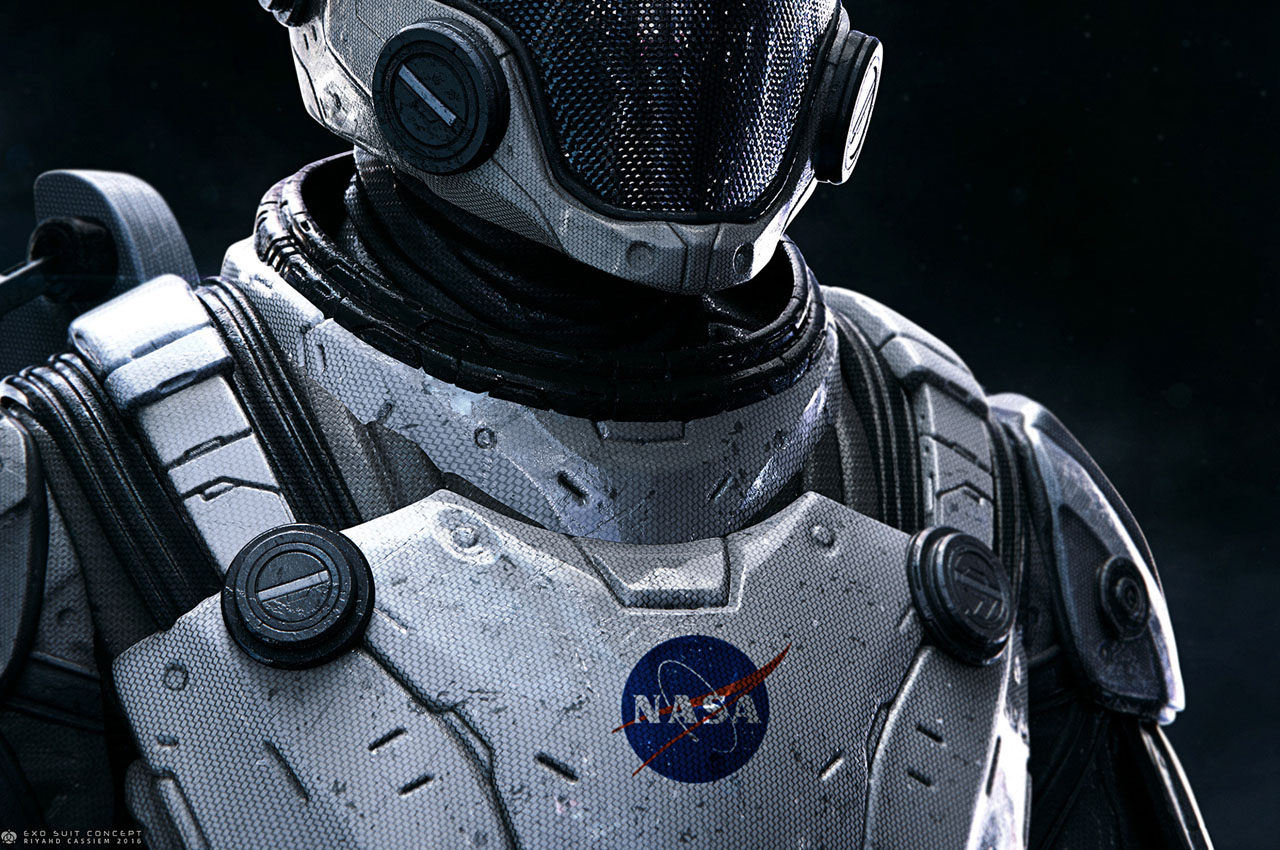
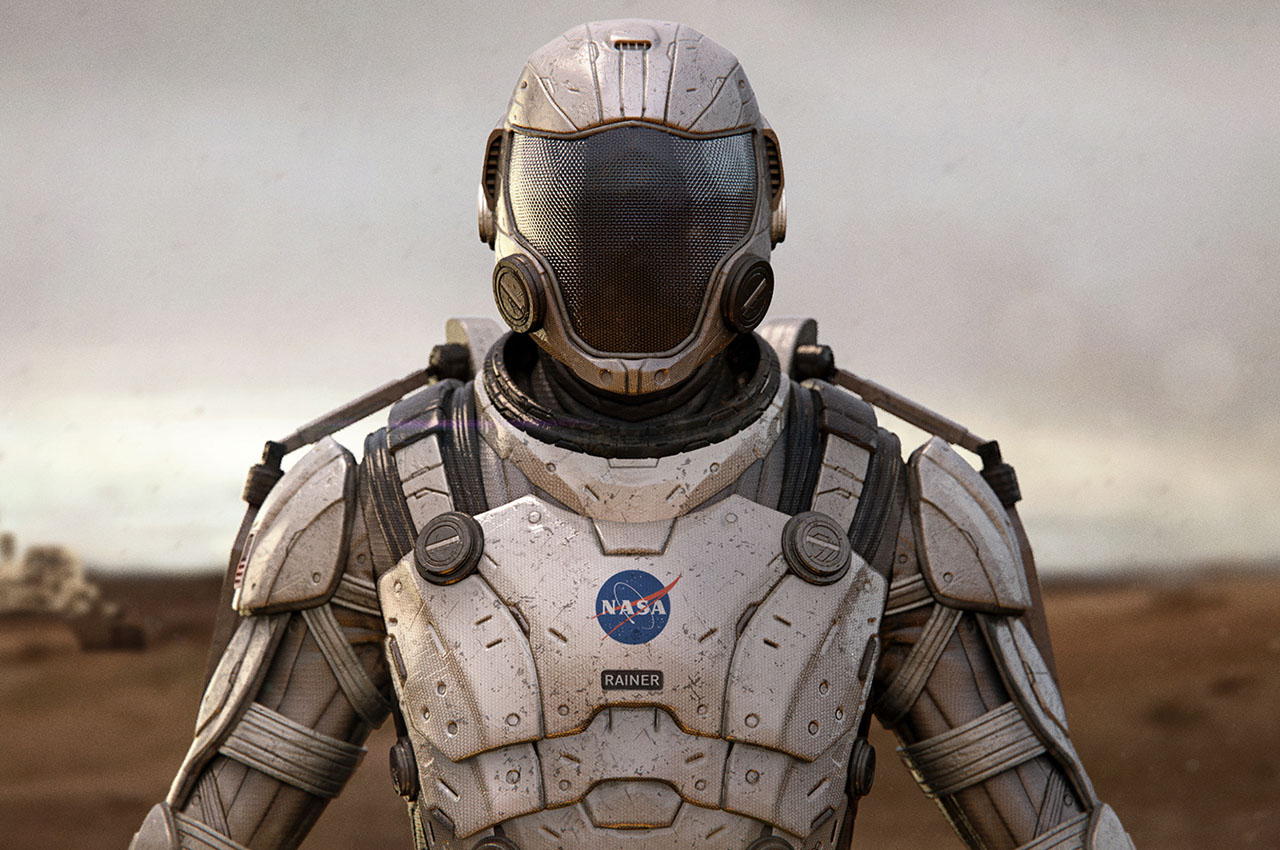
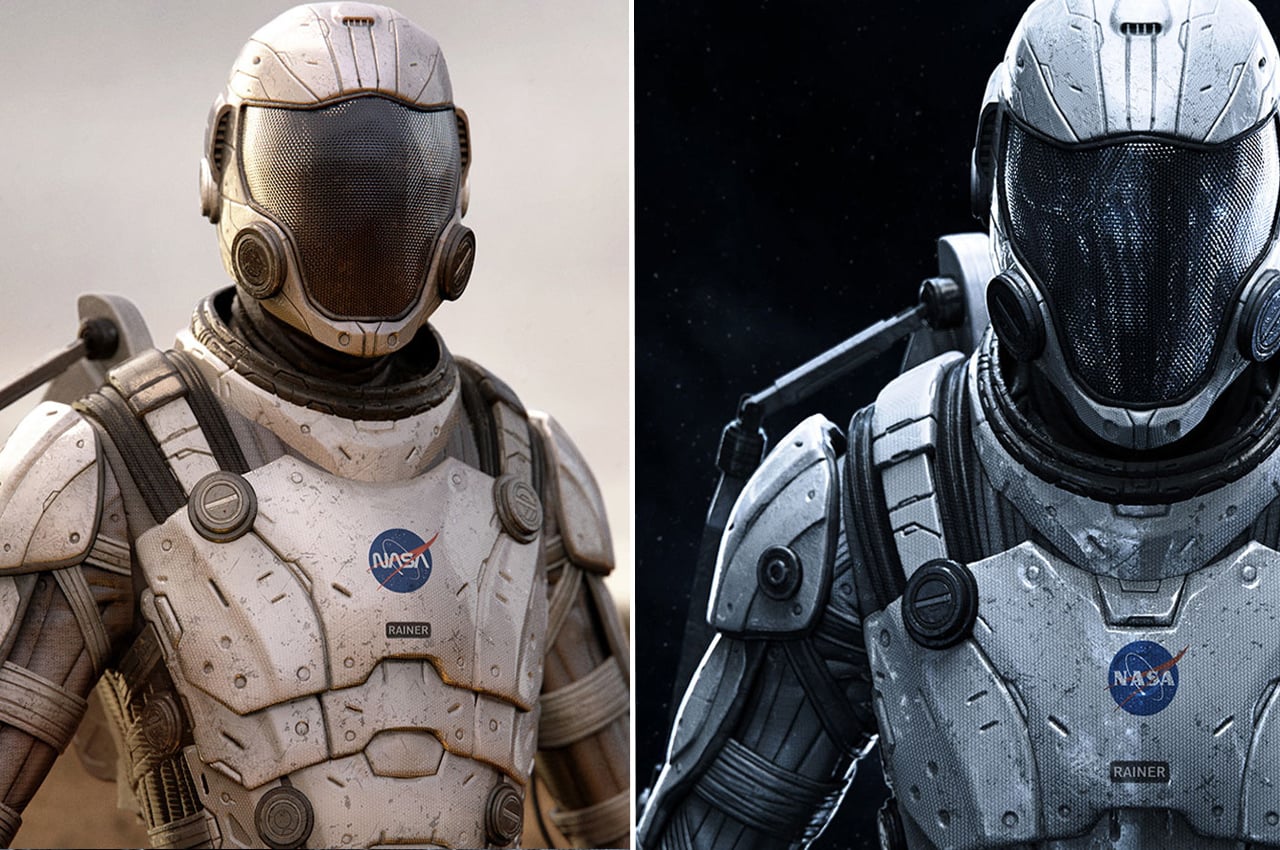
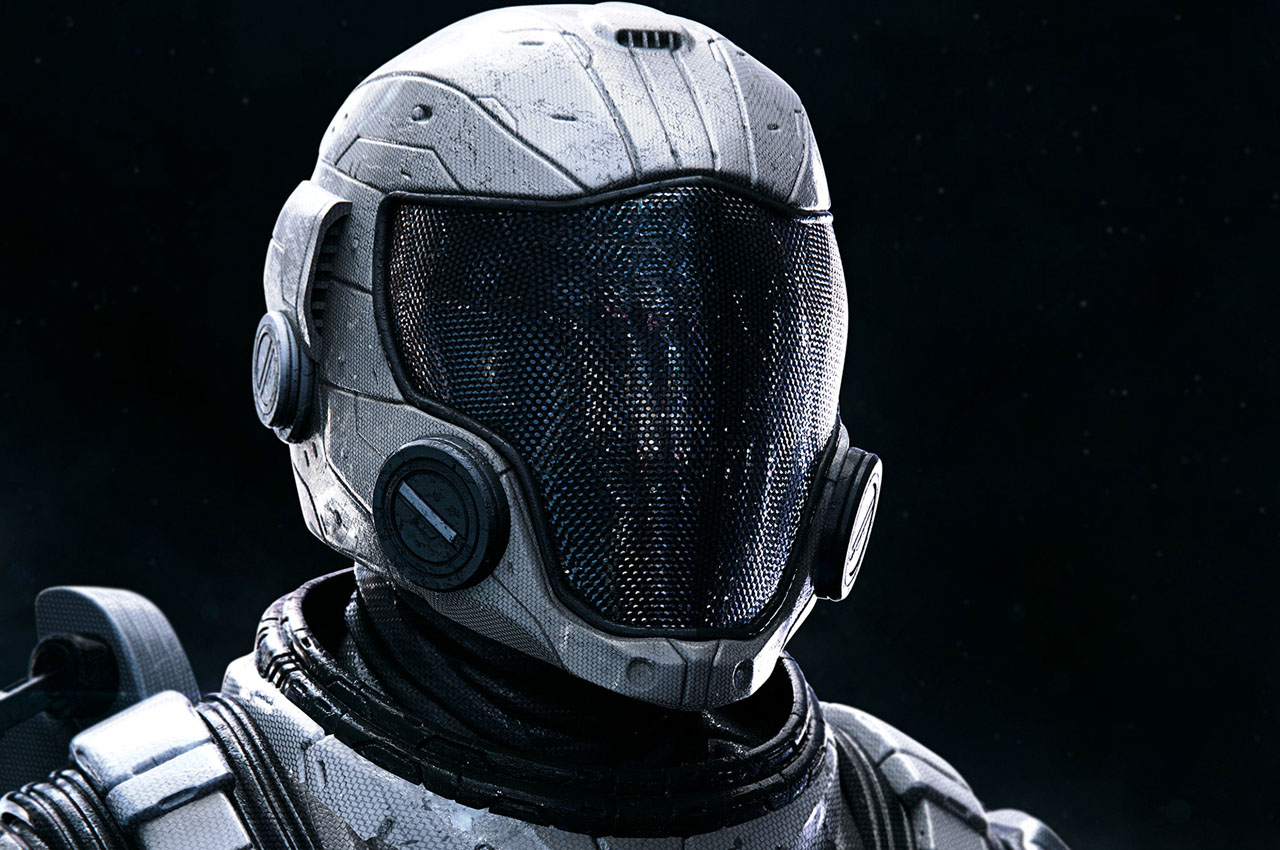
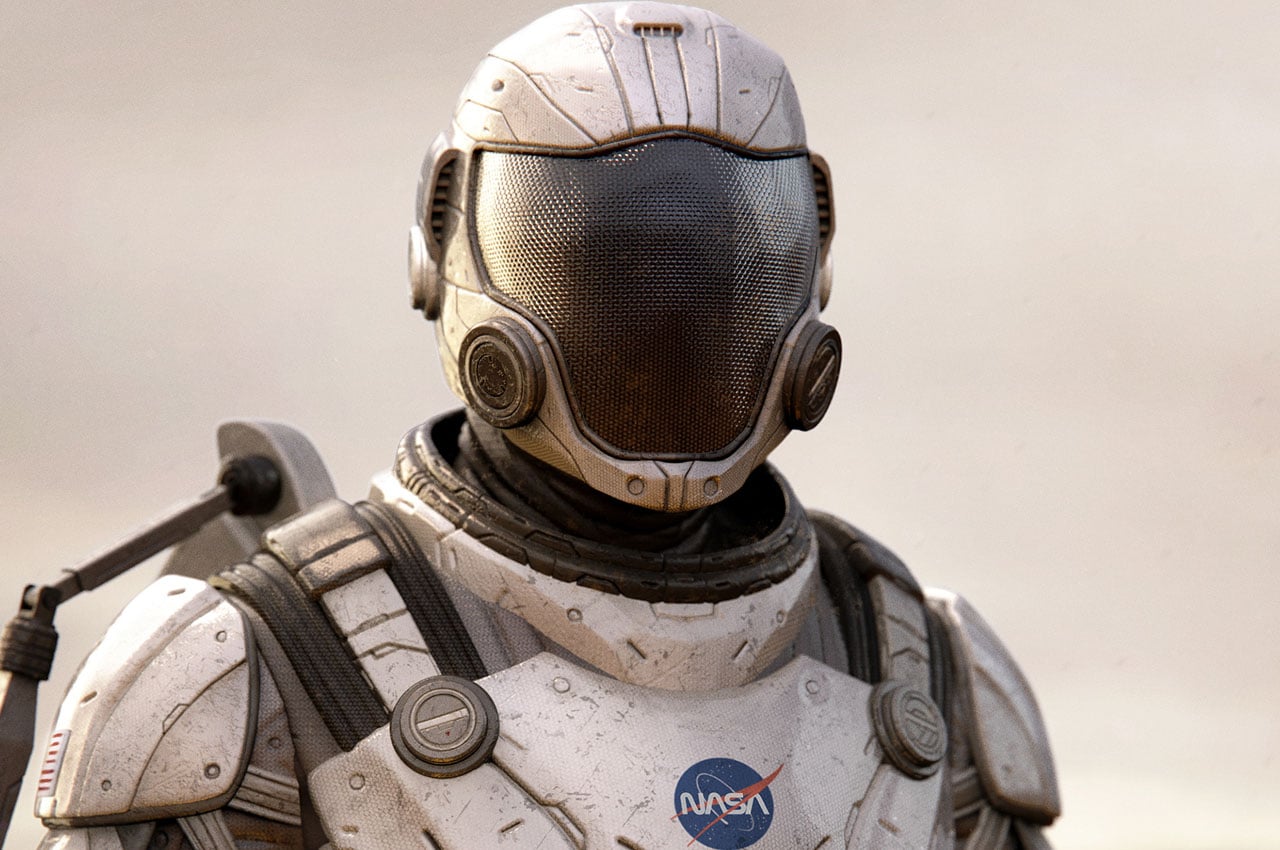
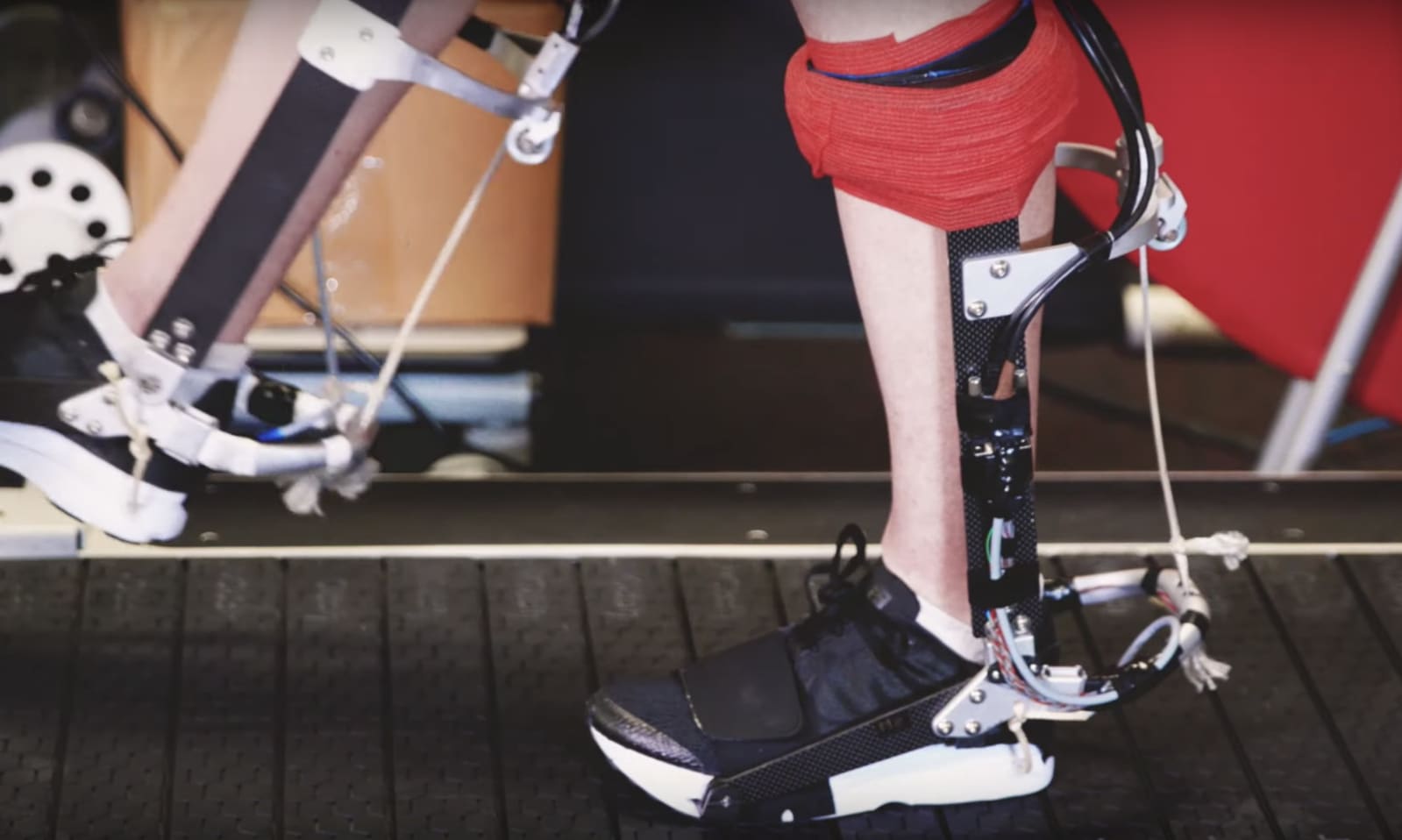 Ankle exoskeletons could help you run longer and faster and even serve as a new mode of transportation, according to a team of Stanford University engineers. The engineers tested a motorized exoskeleton rig that attaches around the ankle and foot and...
Ankle exoskeletons could help you run longer and faster and even serve as a new mode of transportation, according to a team of Stanford University engineers. The engineers tested a motorized exoskeleton rig that attaches around the ankle and foot and...
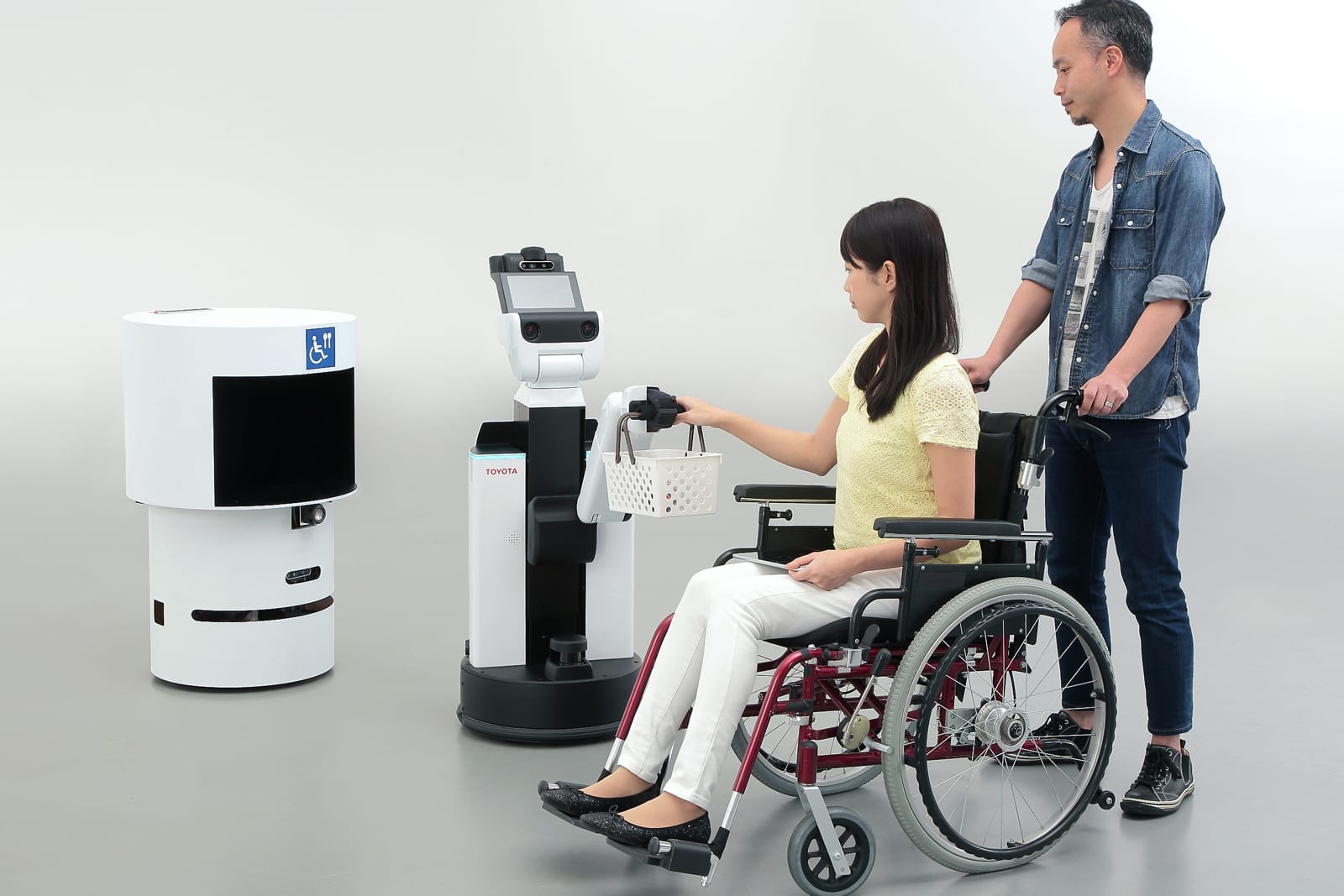 You didn't think a 2020 summer Olympics set in Japan would go without some robots, did you? Sure enough, they're on their way. The Tokyo Olympics' Organizing Committee has launched a Tokyo 2020 Robot Project that will have automatons providing assis...
You didn't think a 2020 summer Olympics set in Japan would go without some robots, did you? Sure enough, they're on their way. The Tokyo Olympics' Organizing Committee has launched a Tokyo 2020 Robot Project that will have automatons providing assis...
 At Samsung's press conference, the day before CES officially opened, there was the usual parade of smart home gadgets and appliances. Then right at the end, almost as an aside, the company revealed potentially the most exciting products of the sh...
At Samsung's press conference, the day before CES officially opened, there was the usual parade of smart home gadgets and appliances. Then right at the end, almost as an aside, the company revealed potentially the most exciting products of the sh...